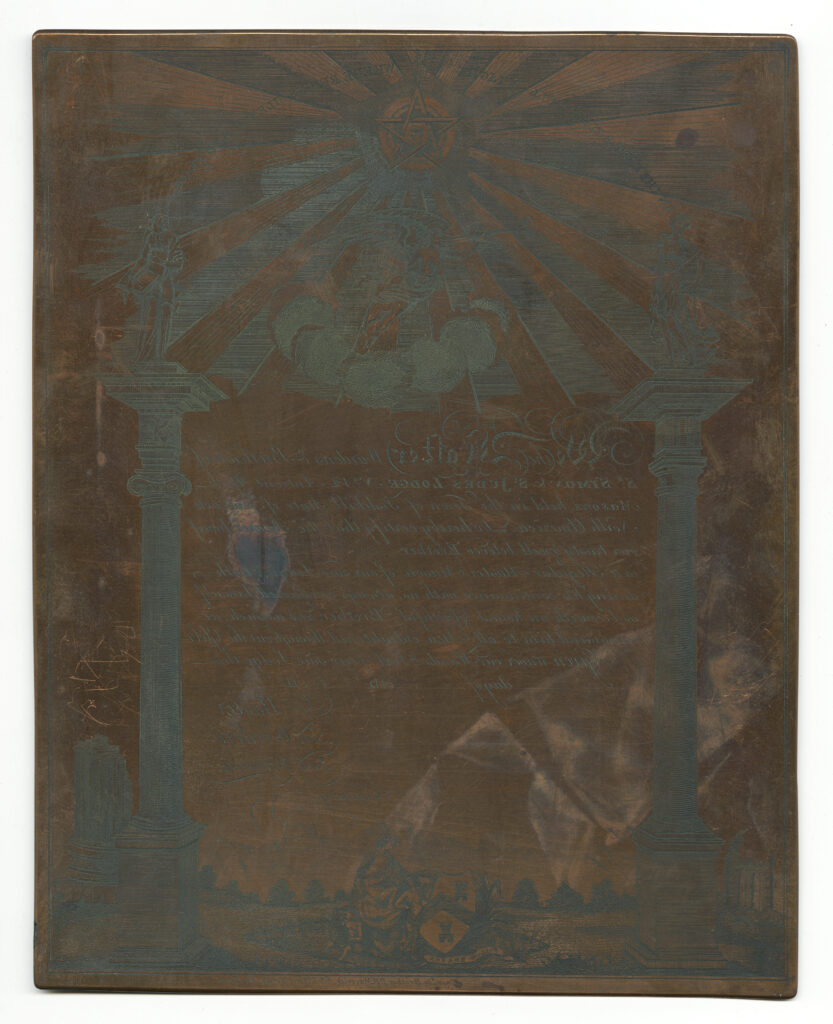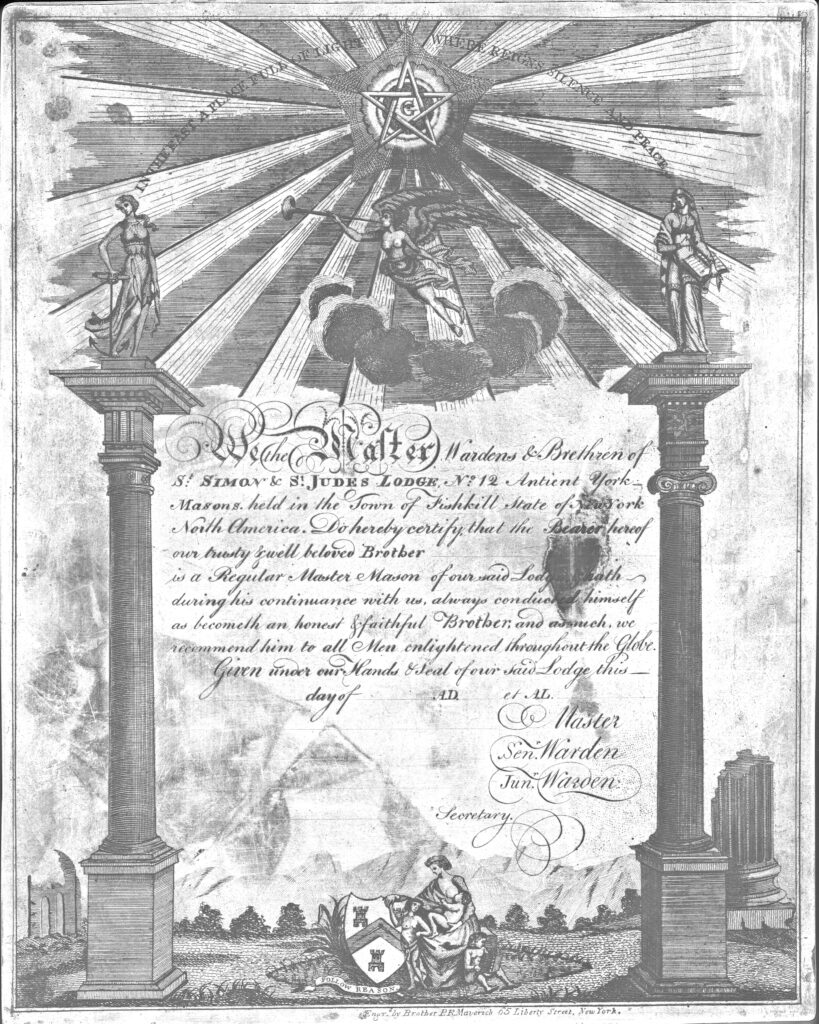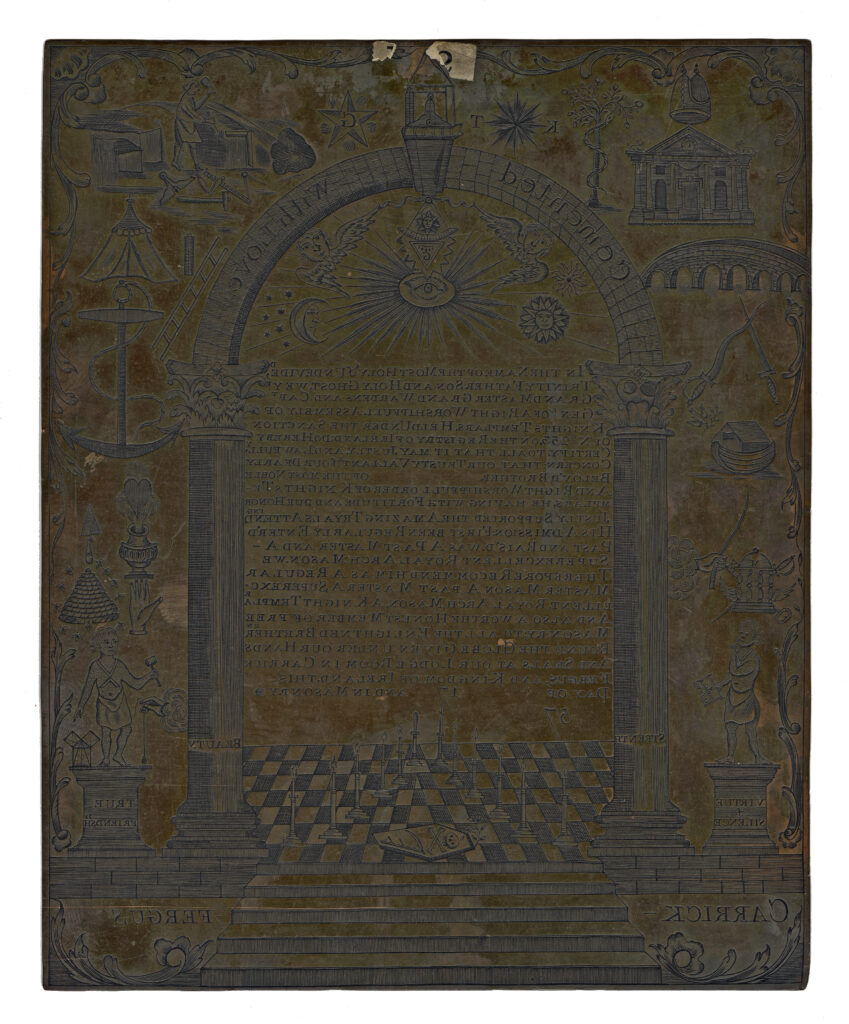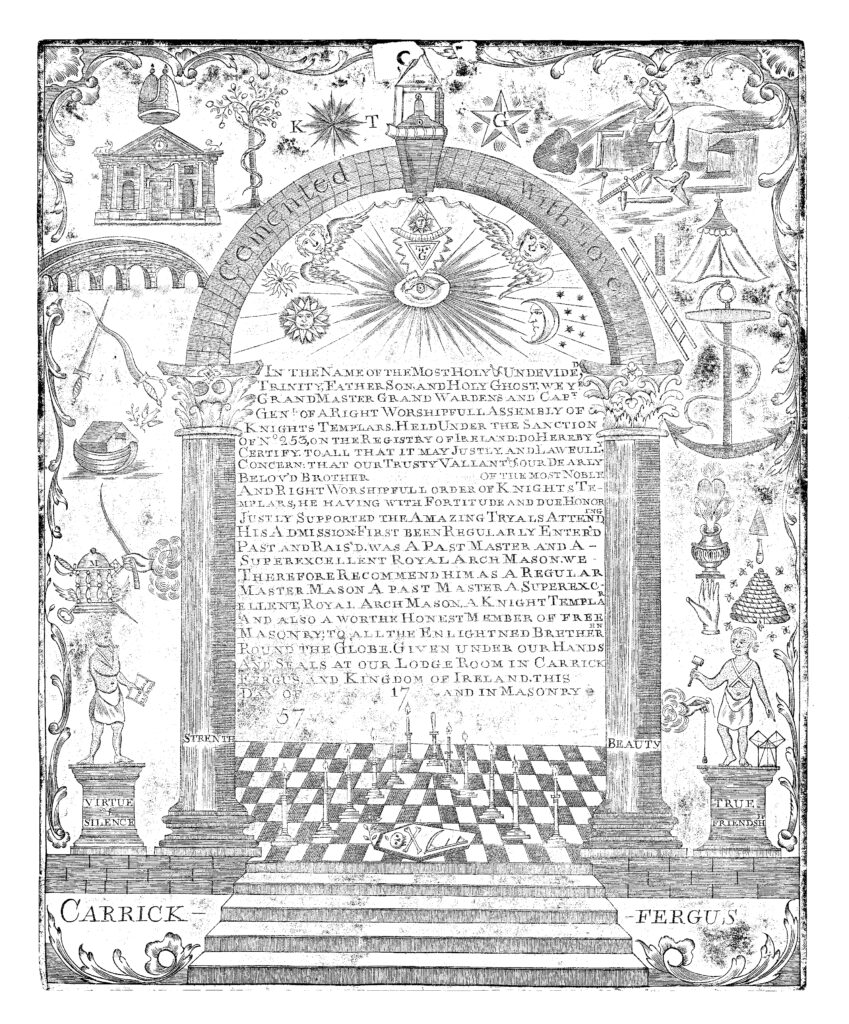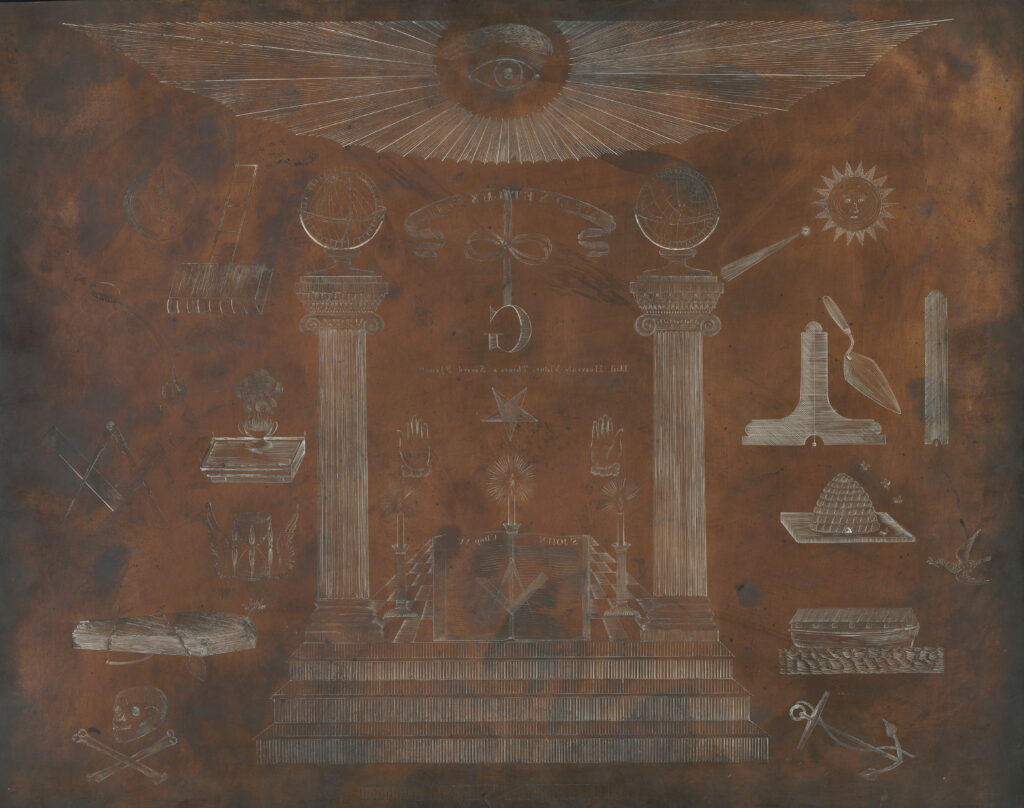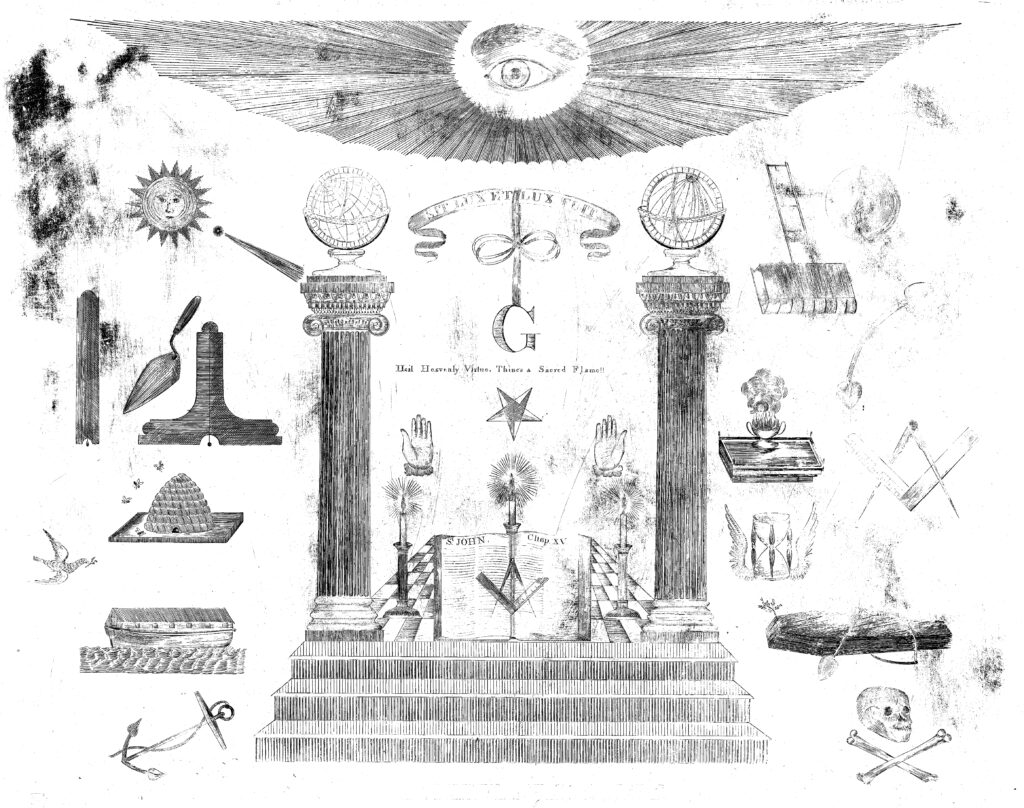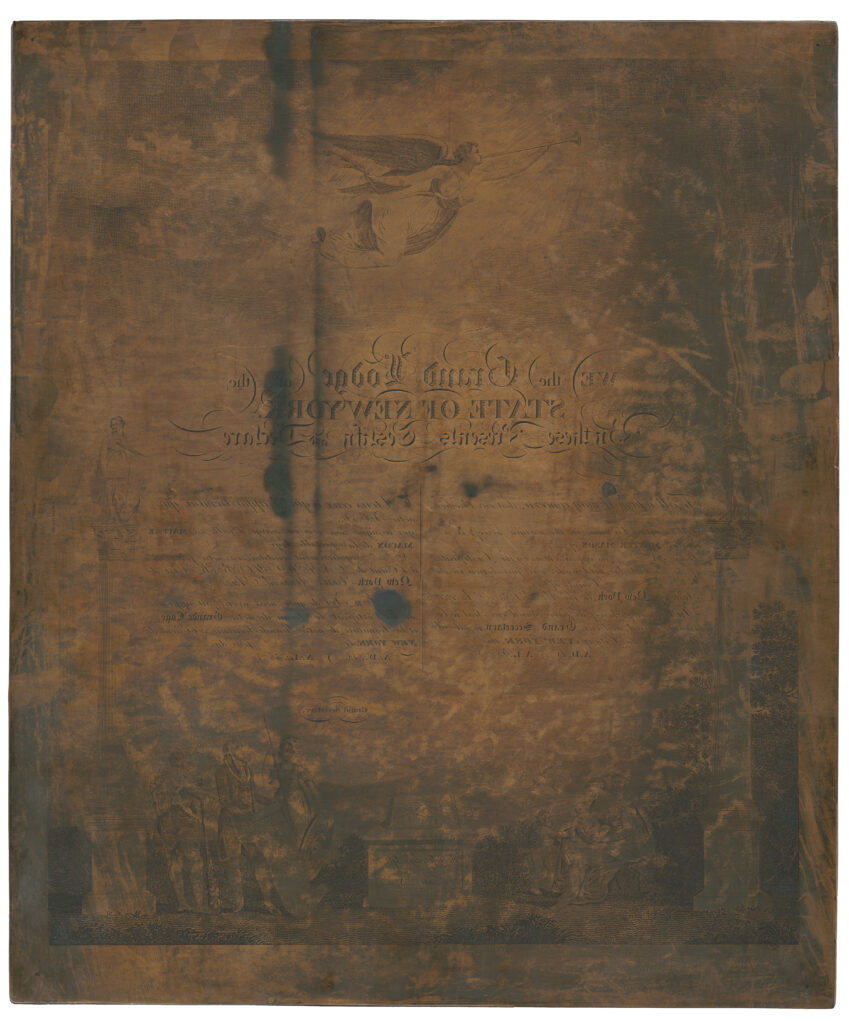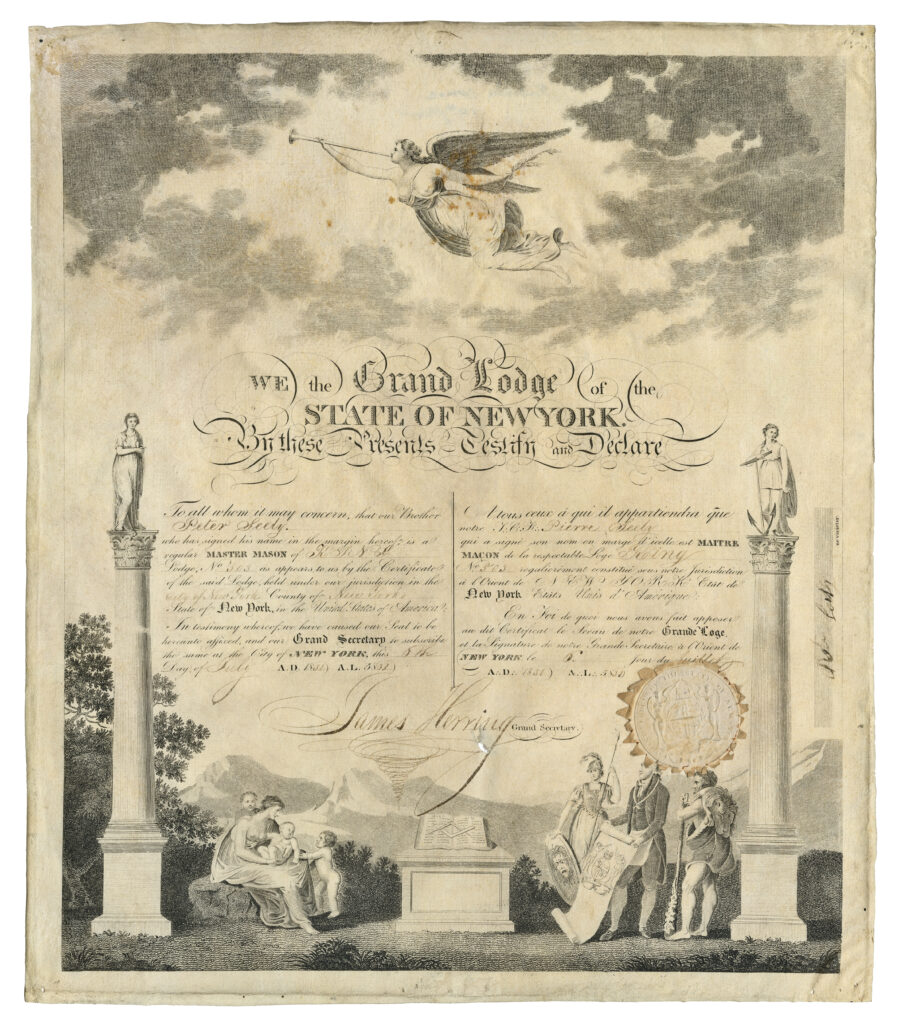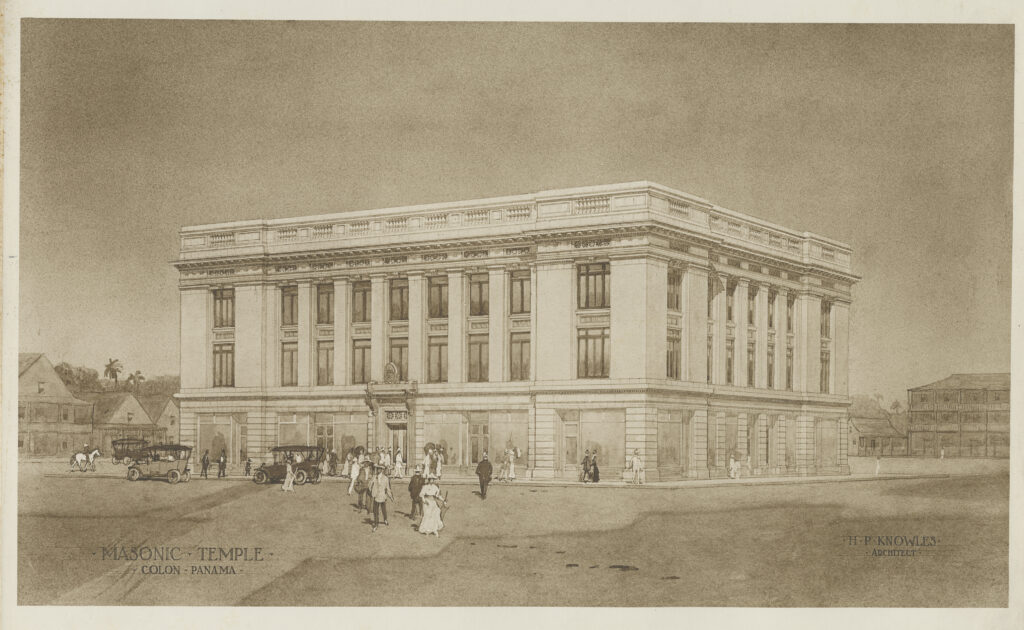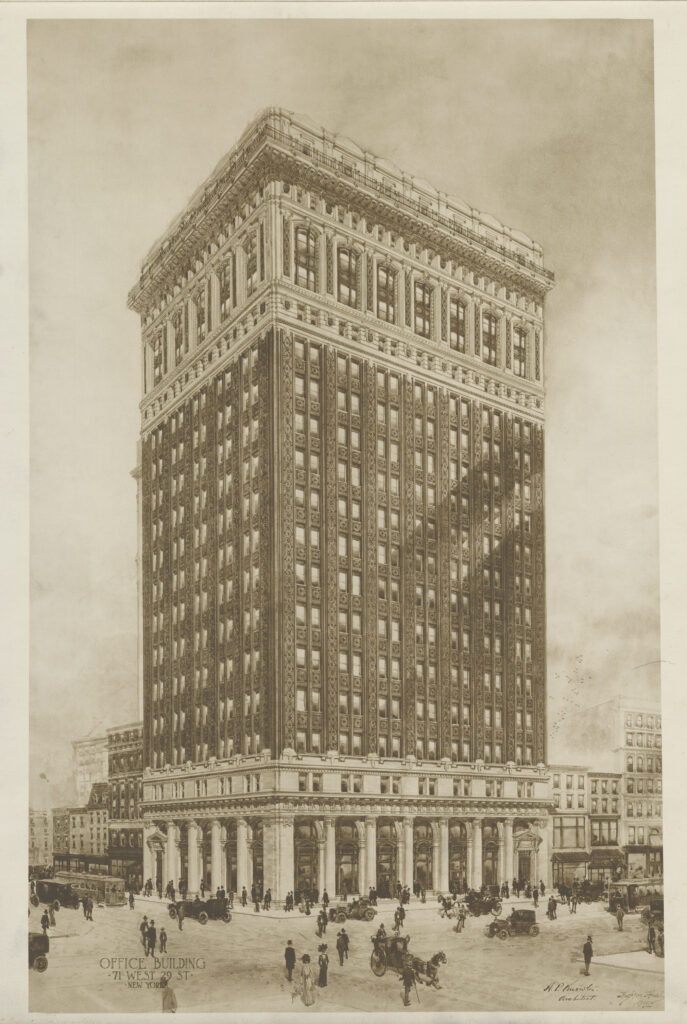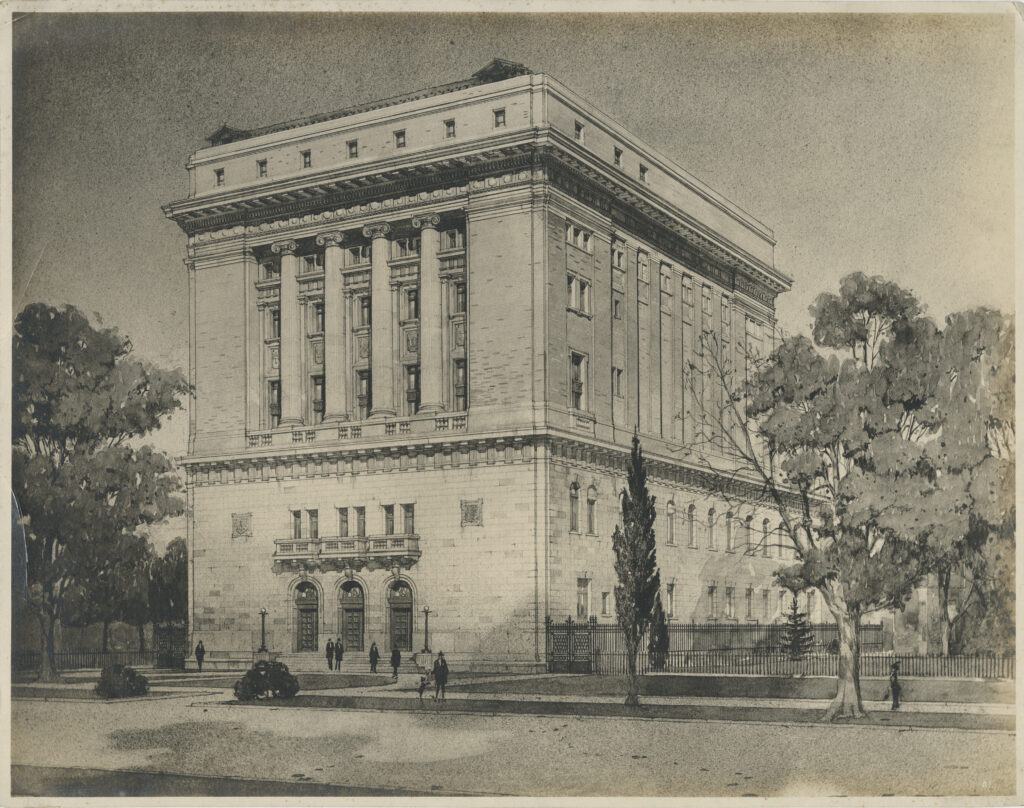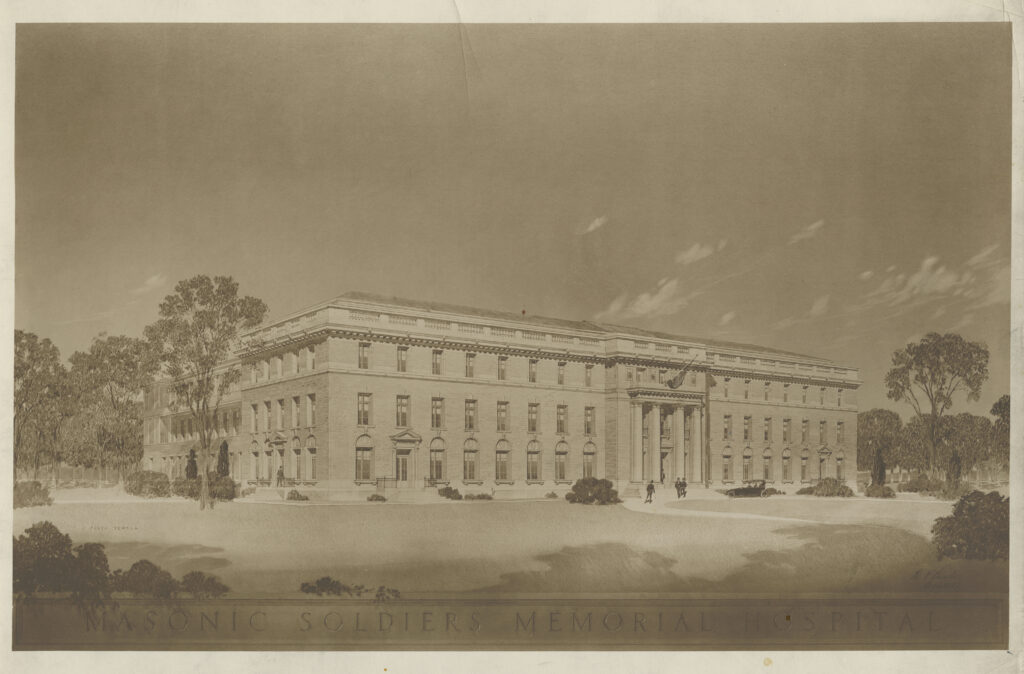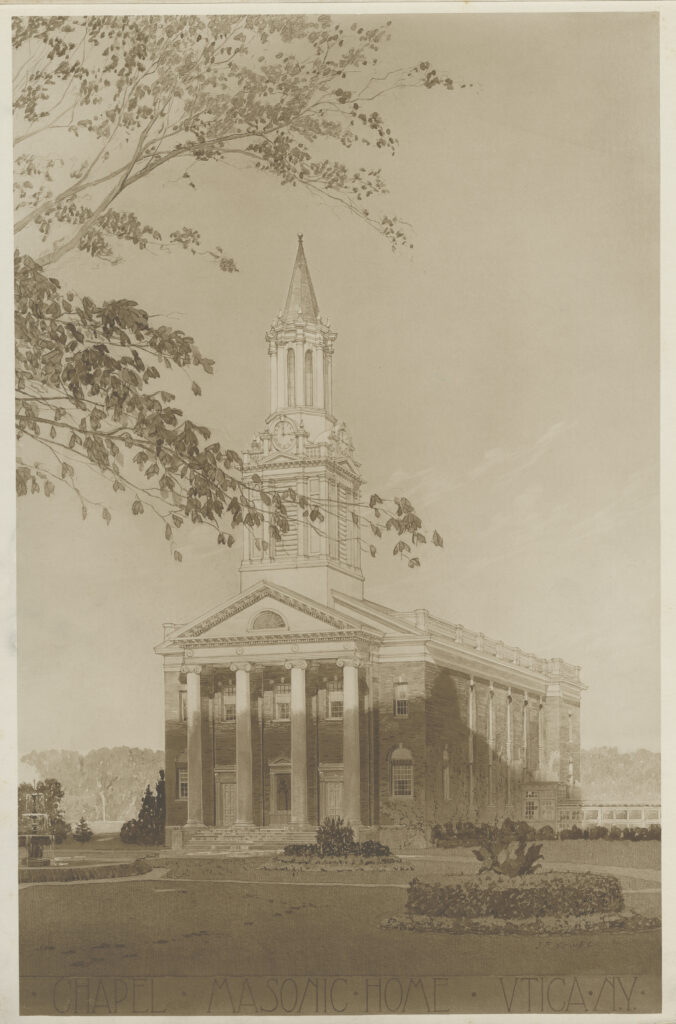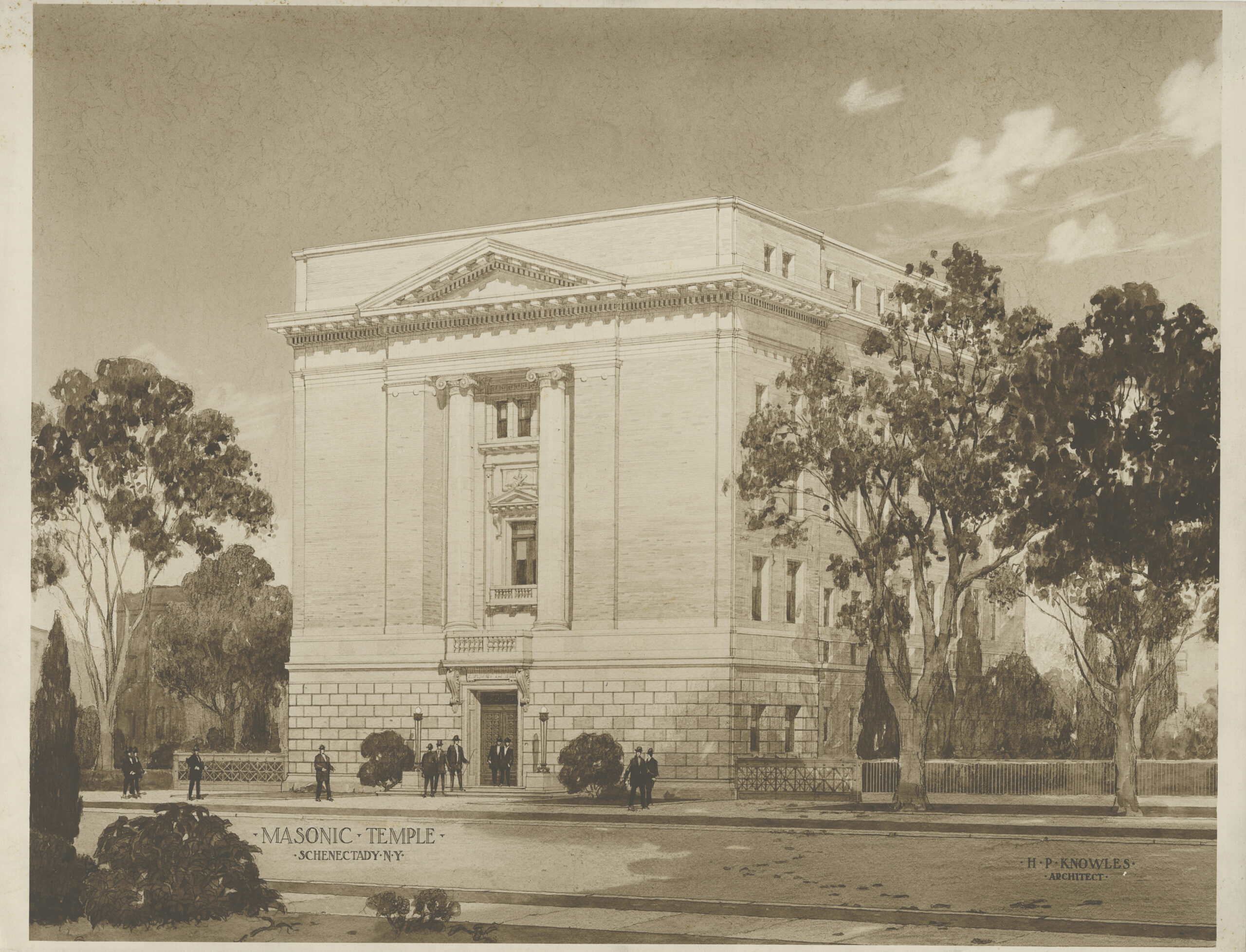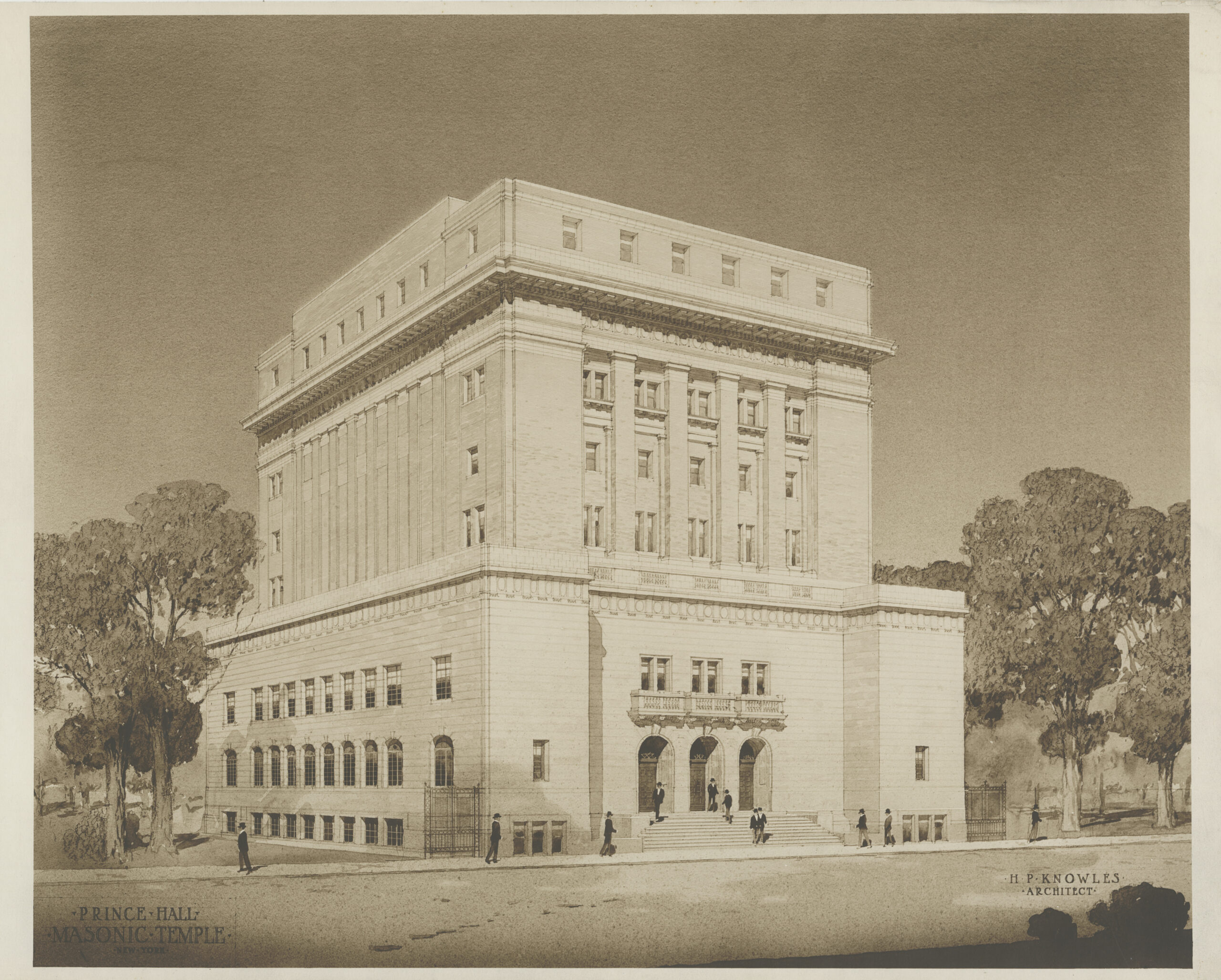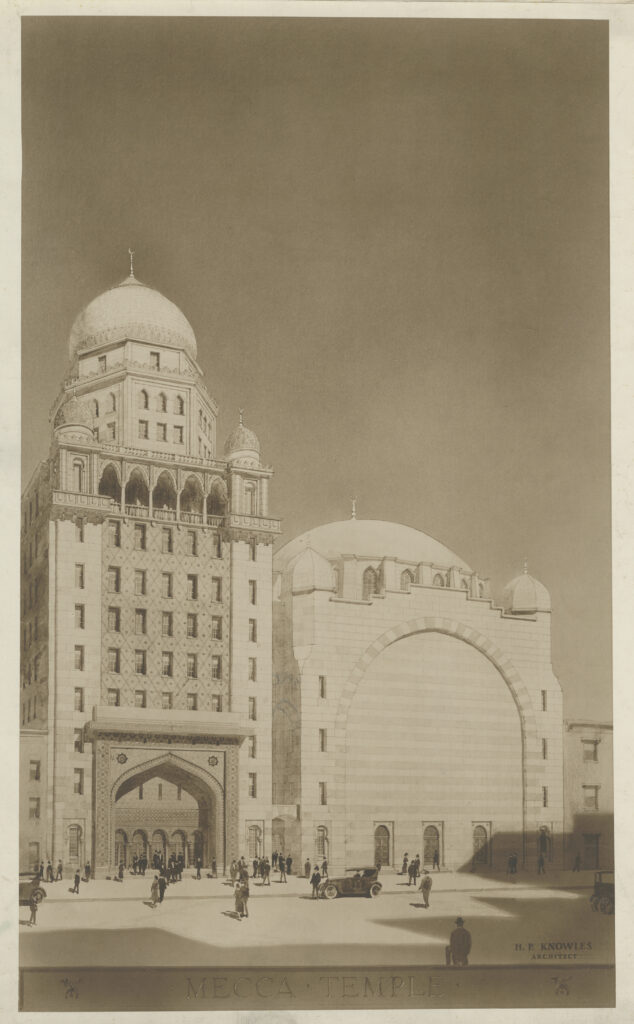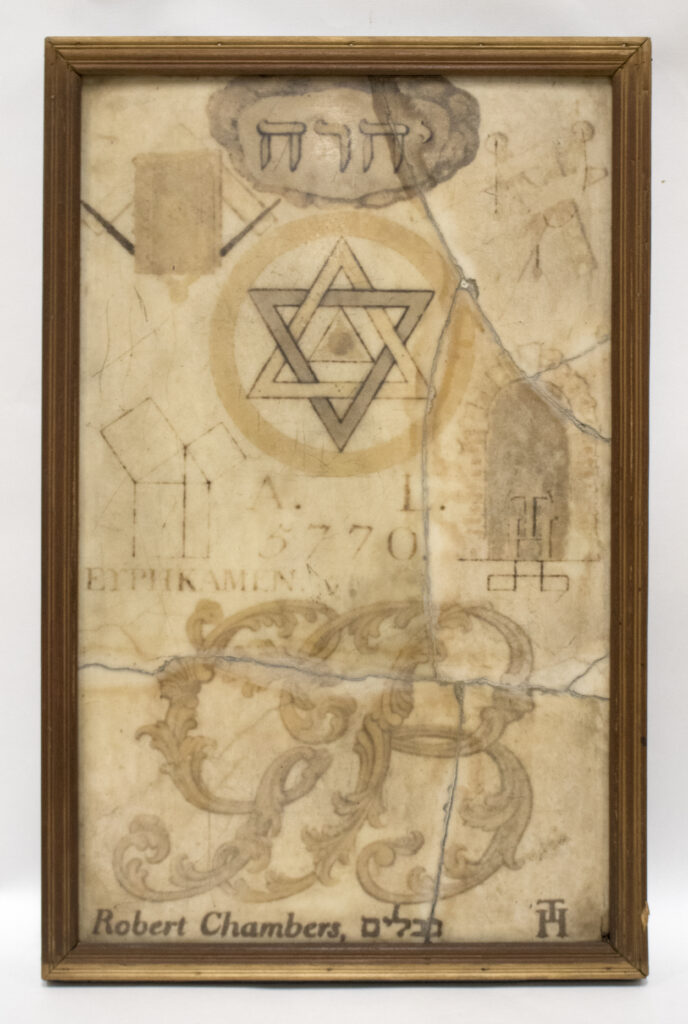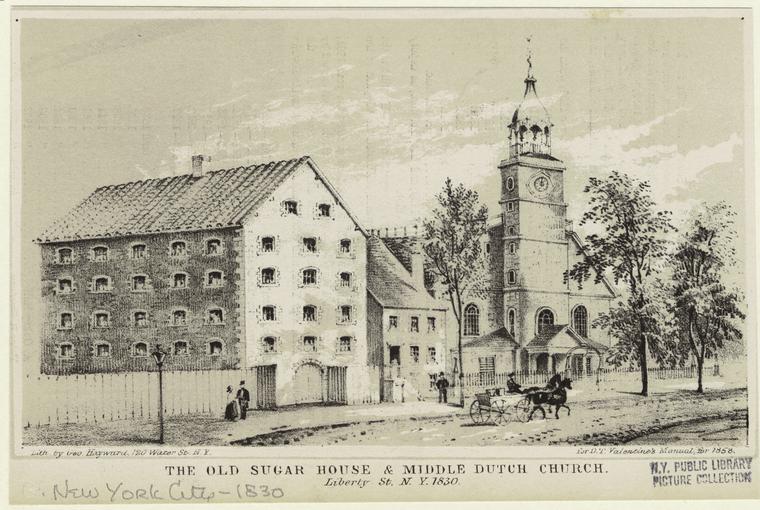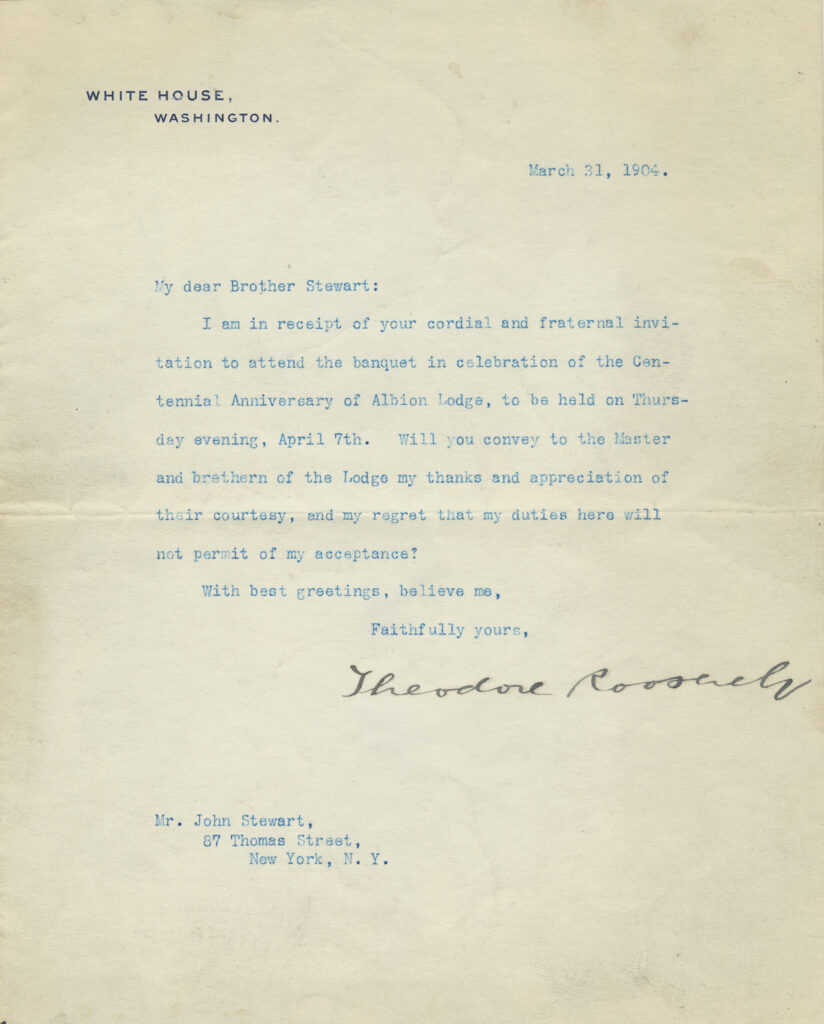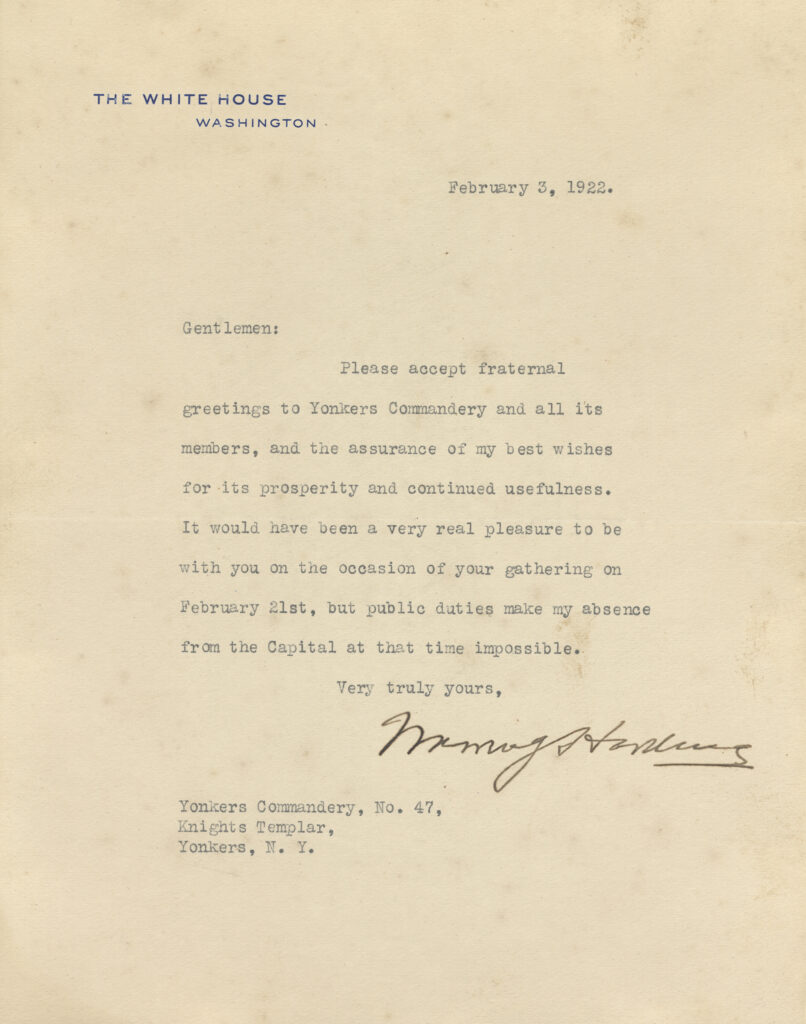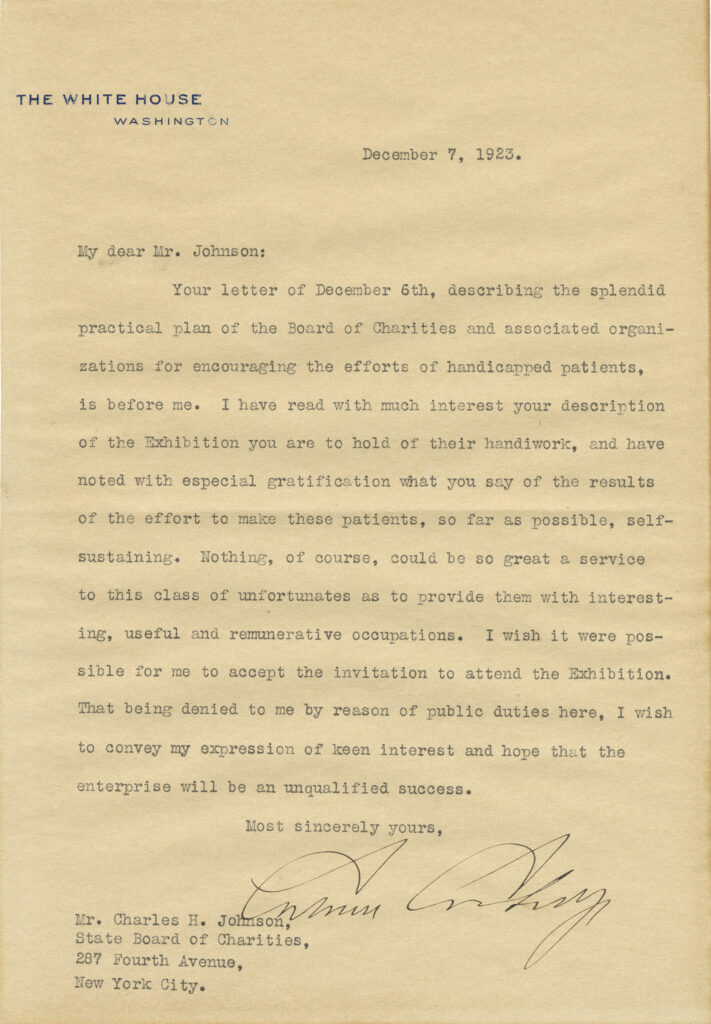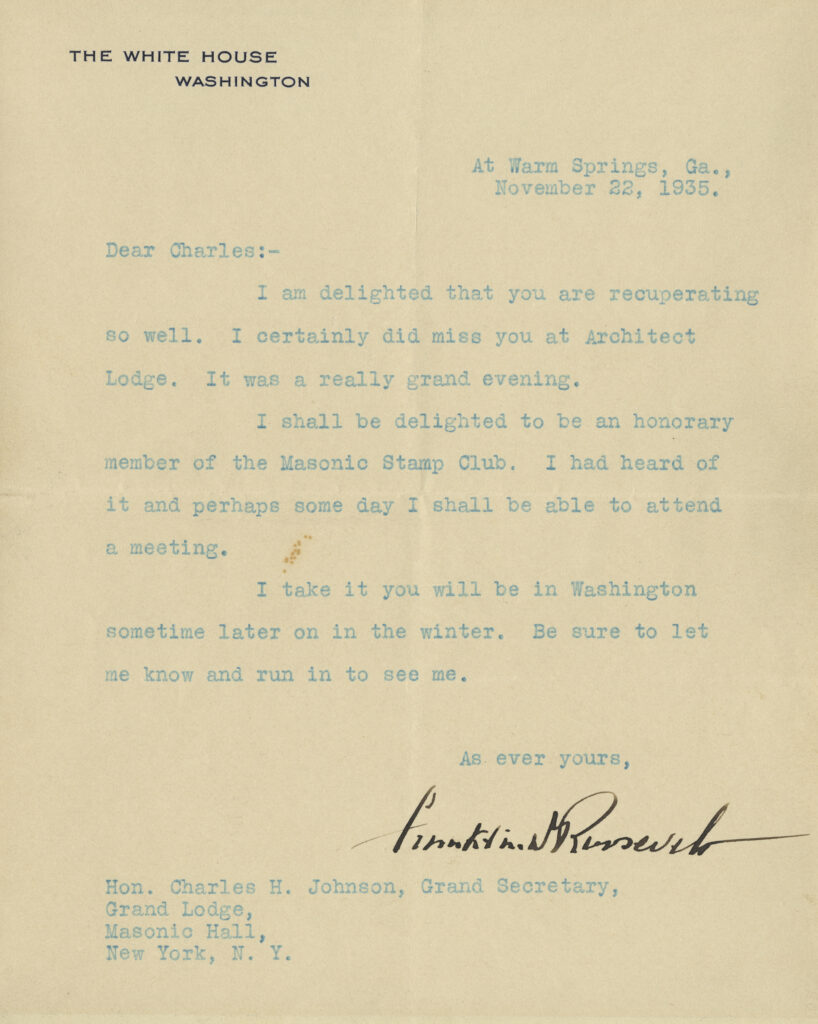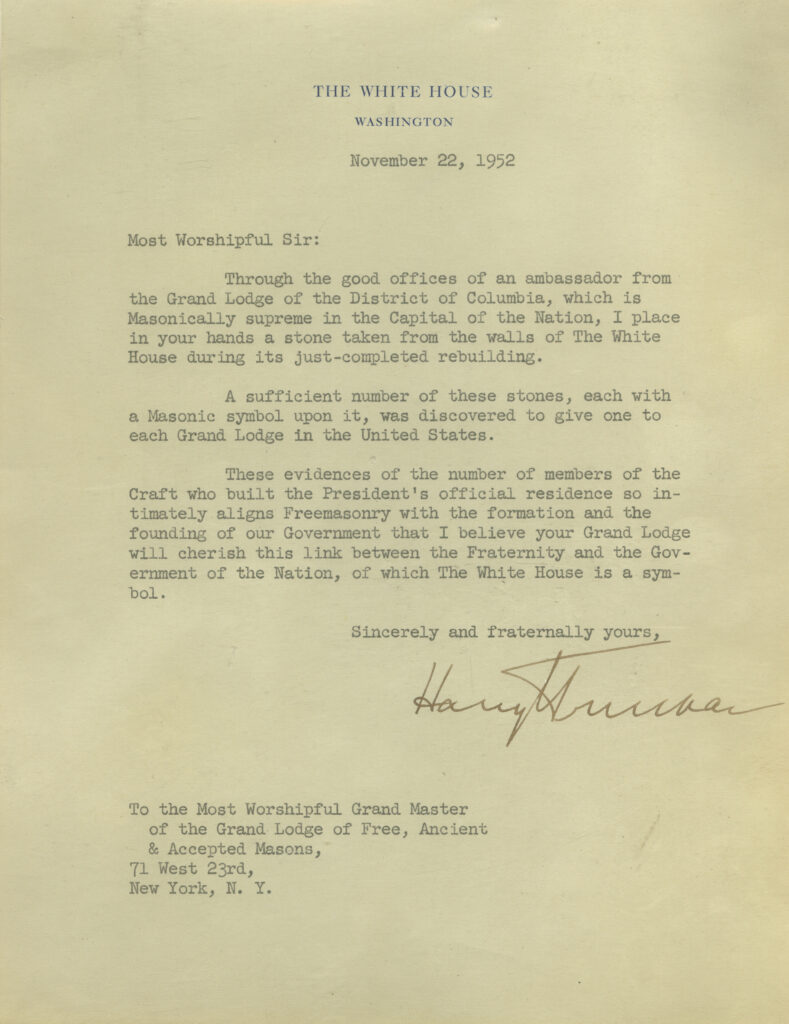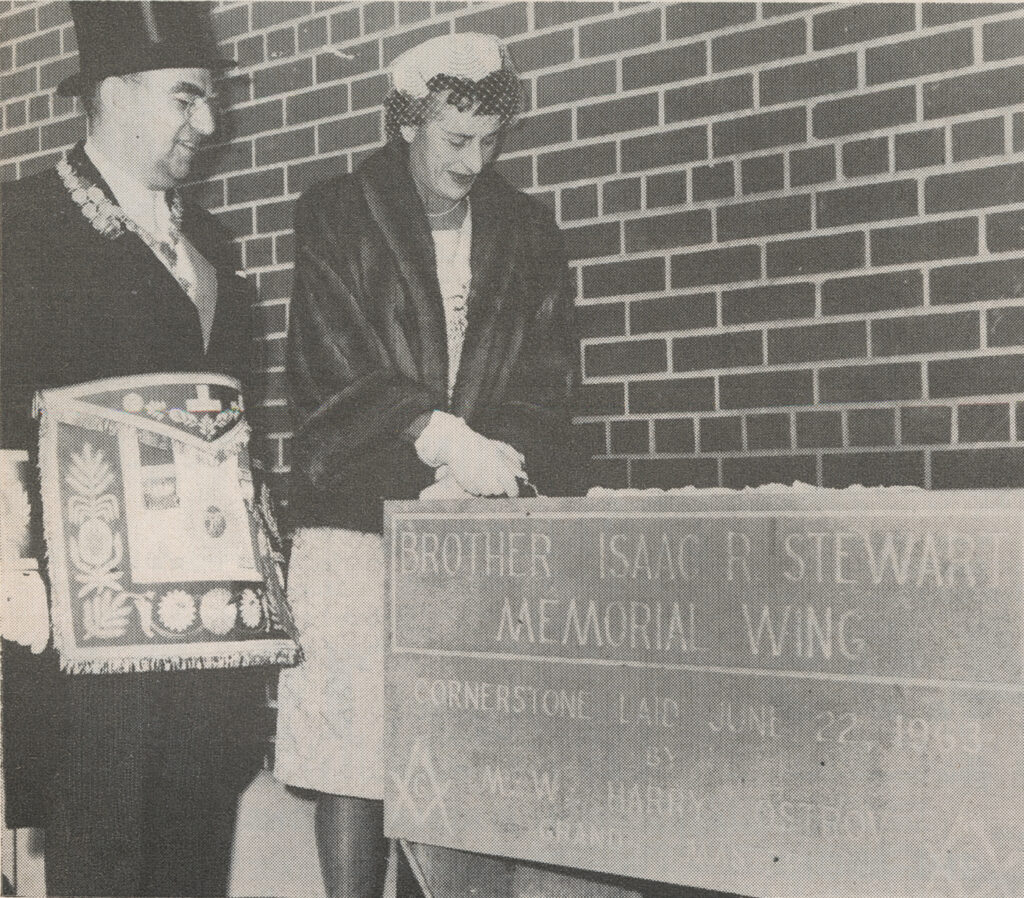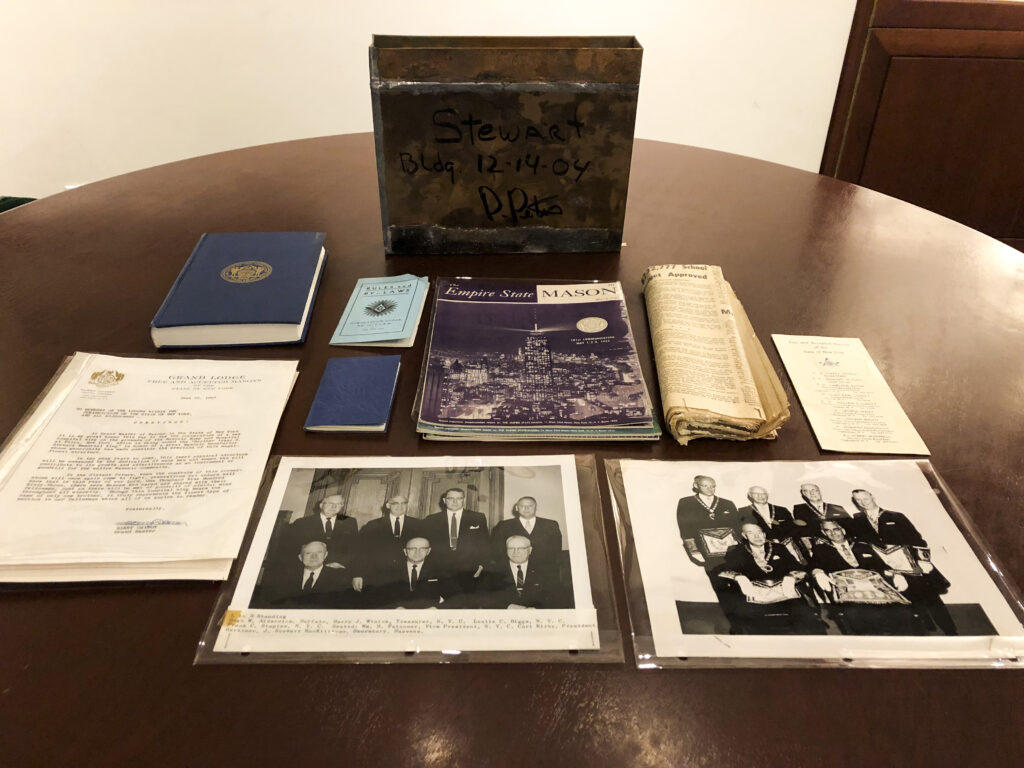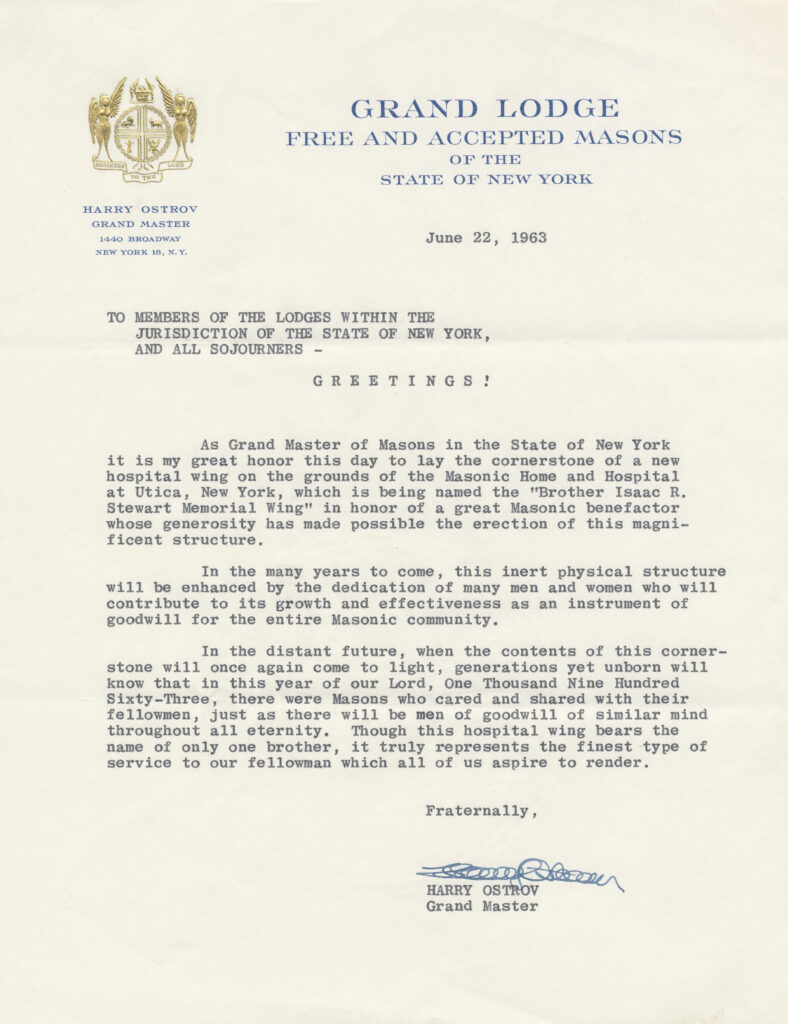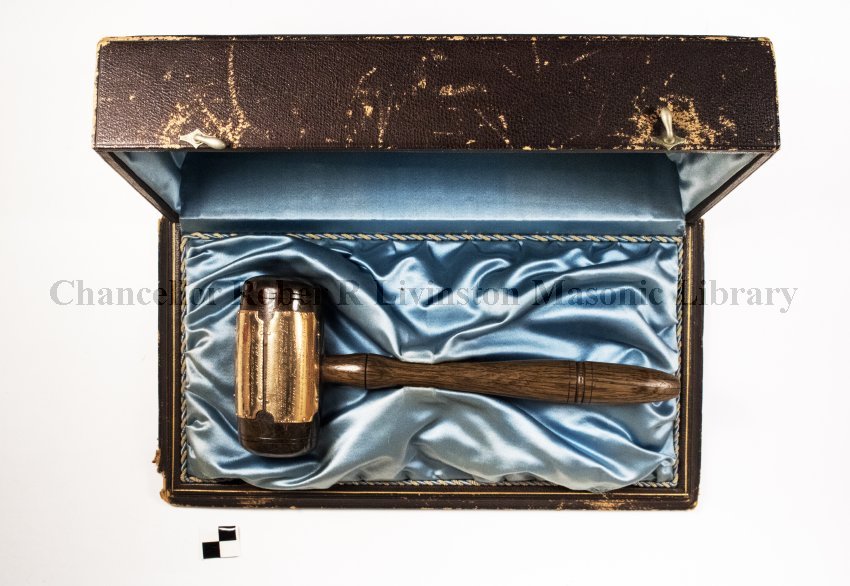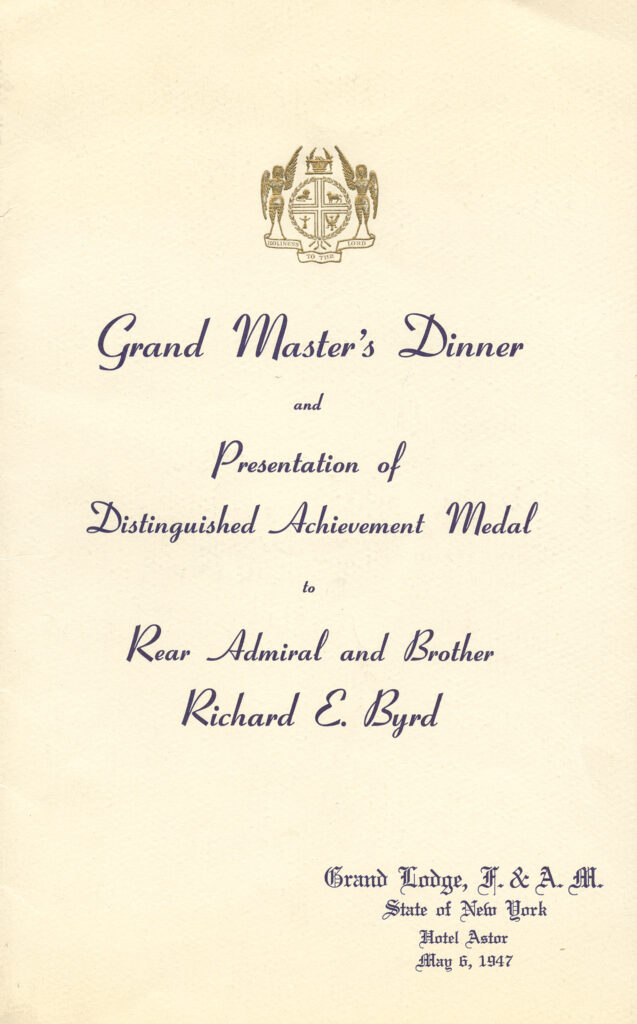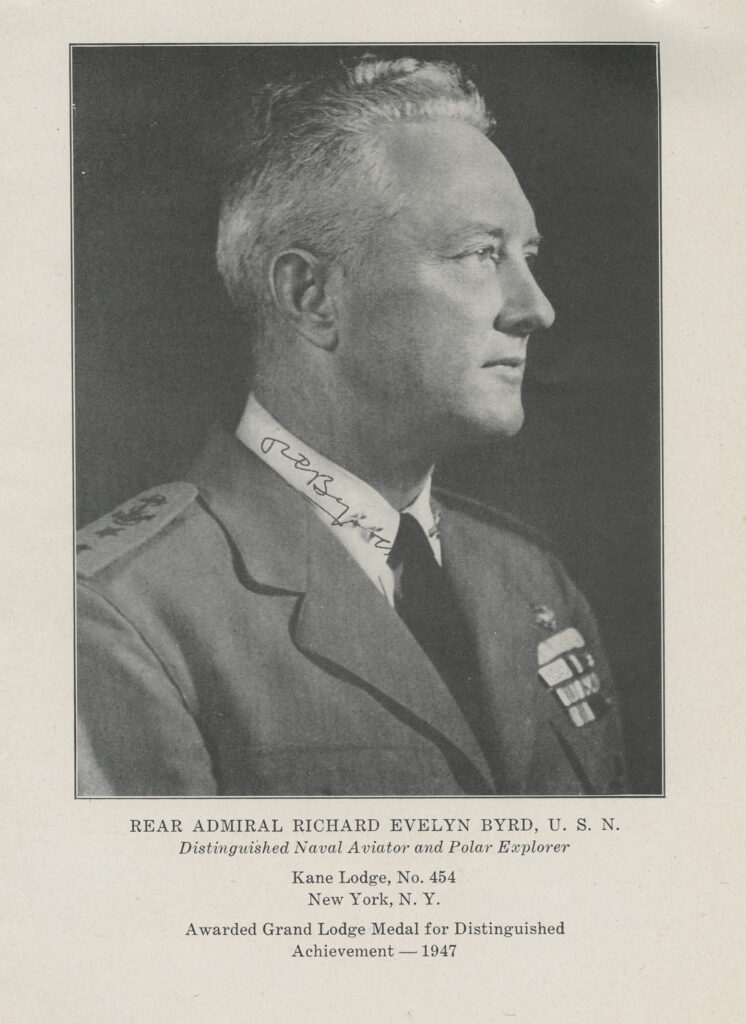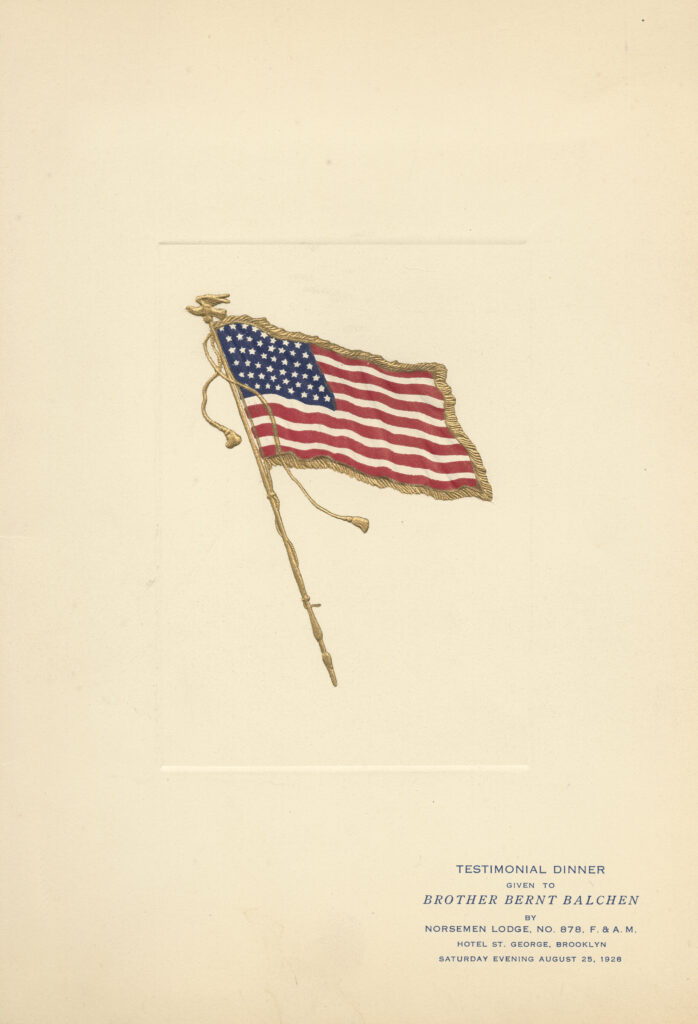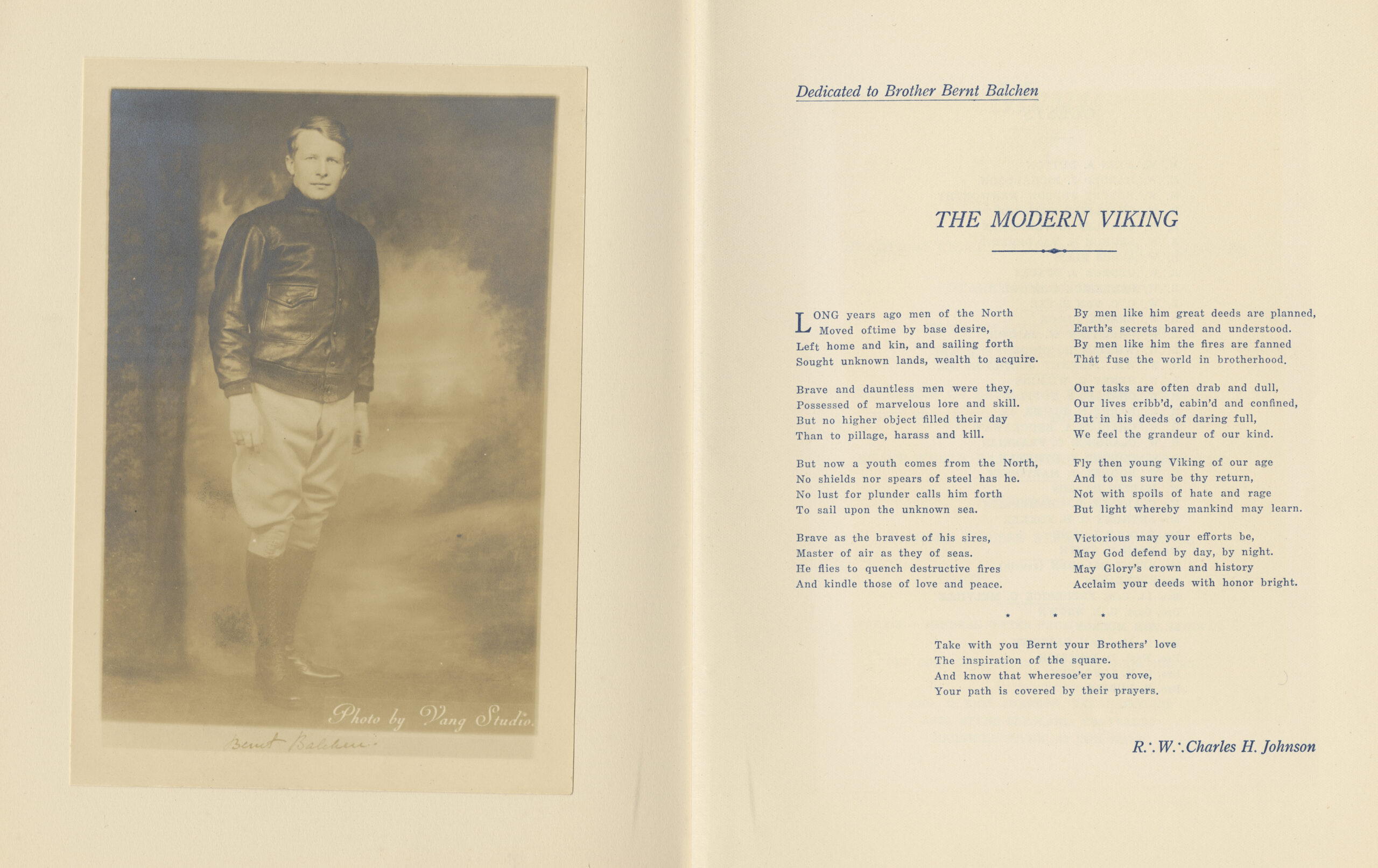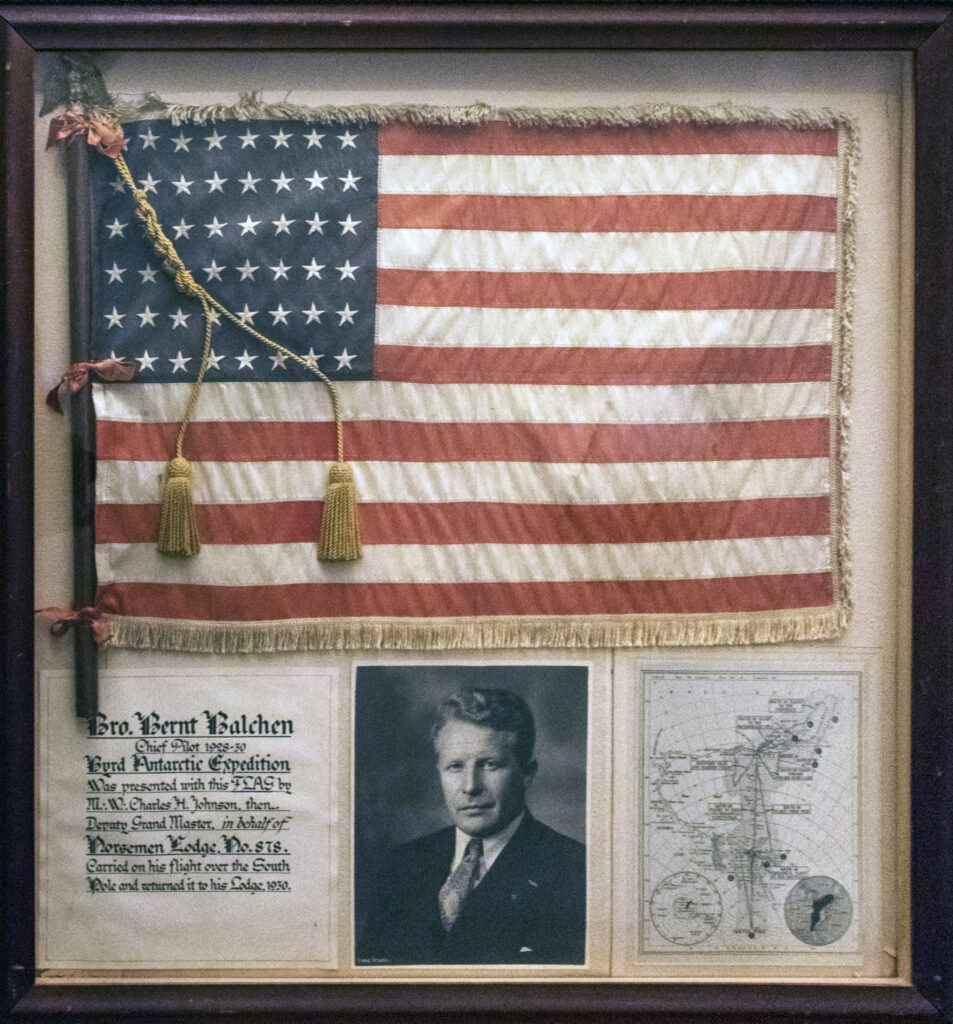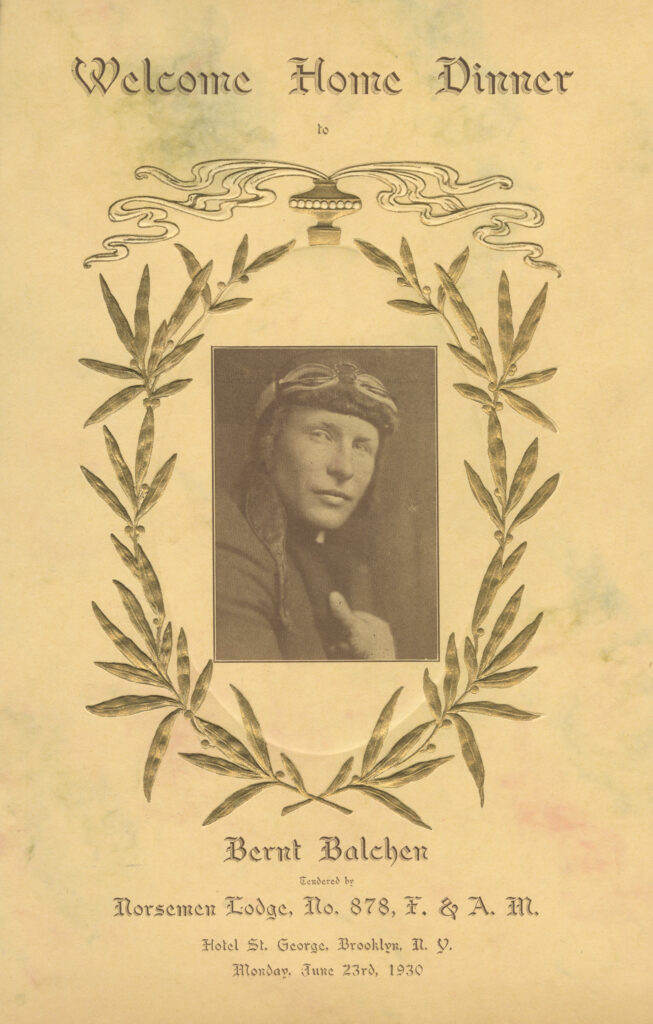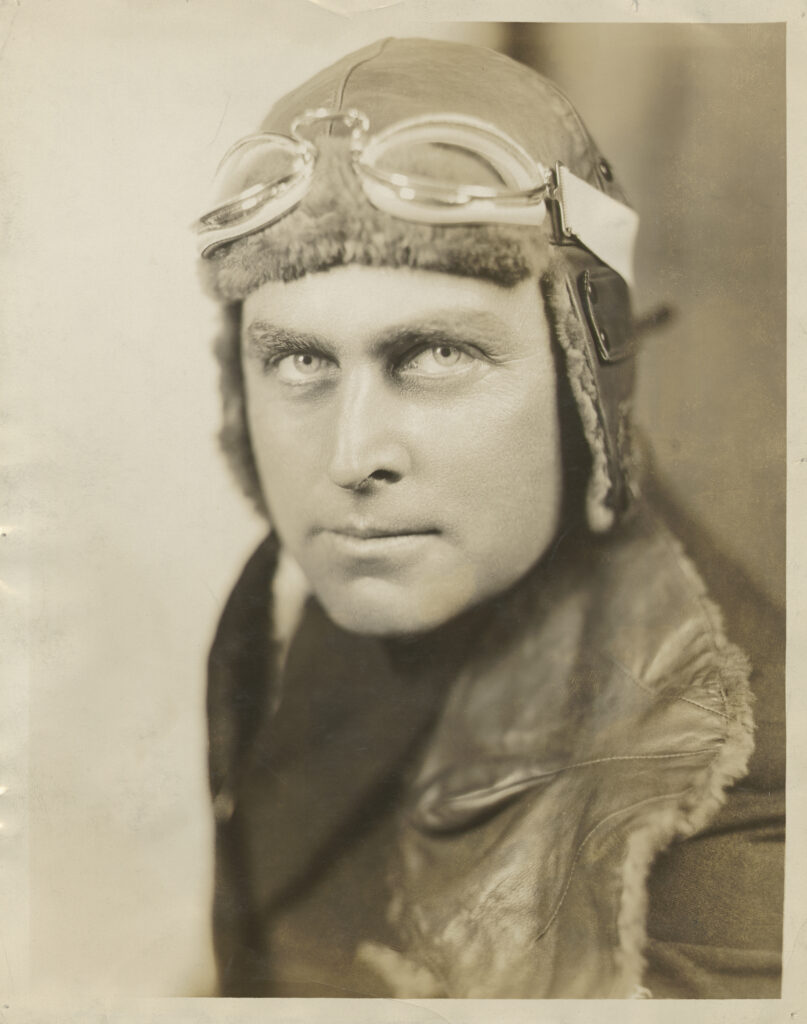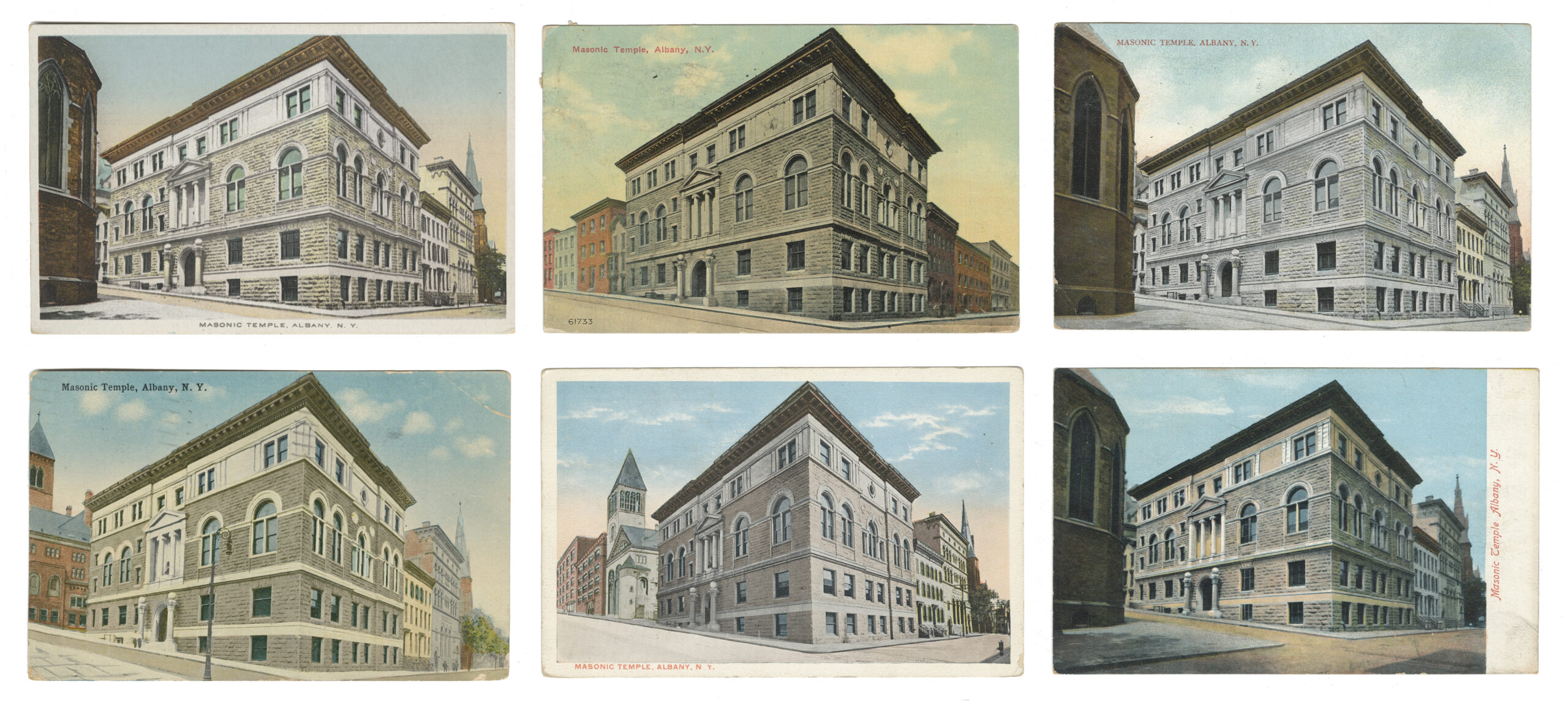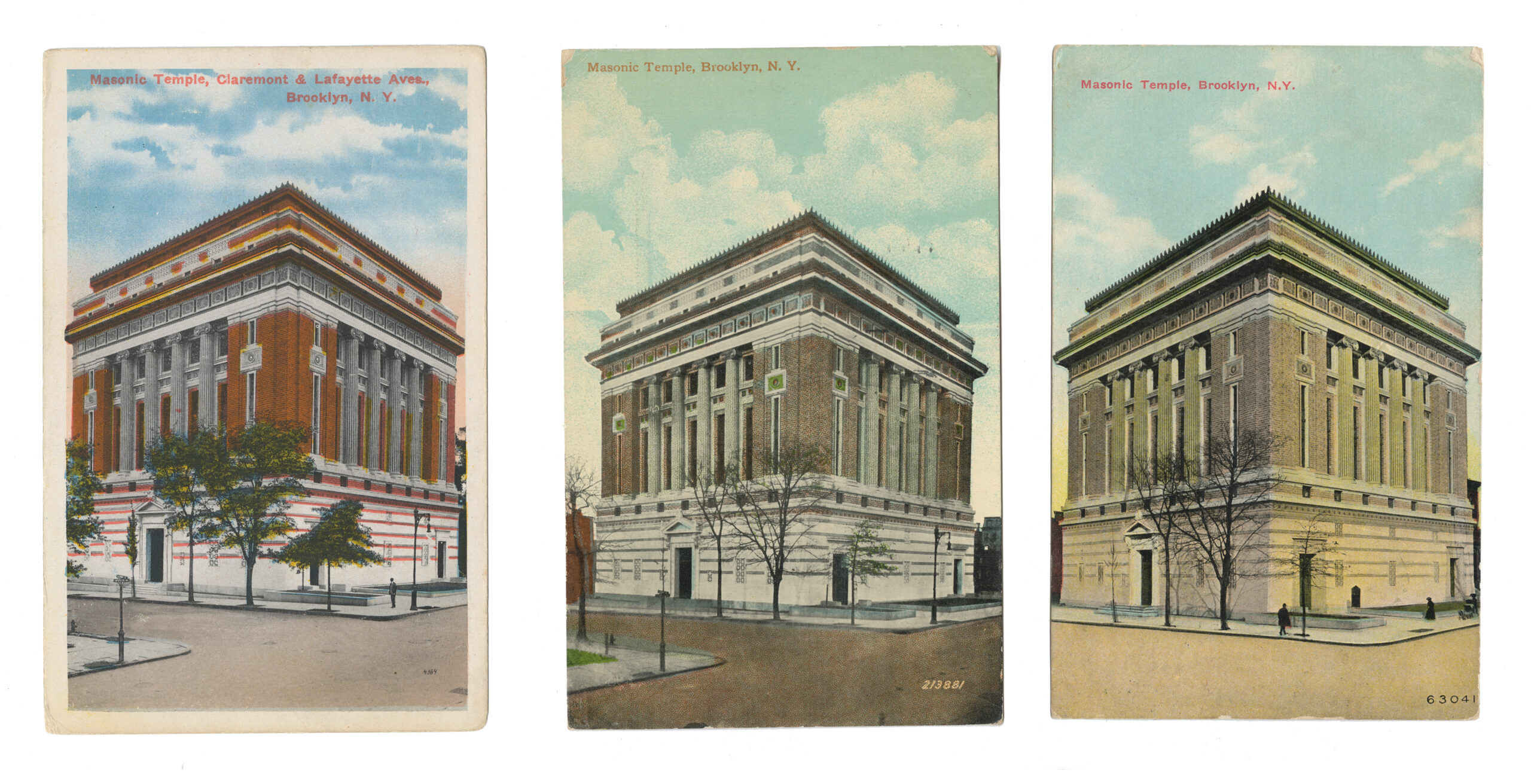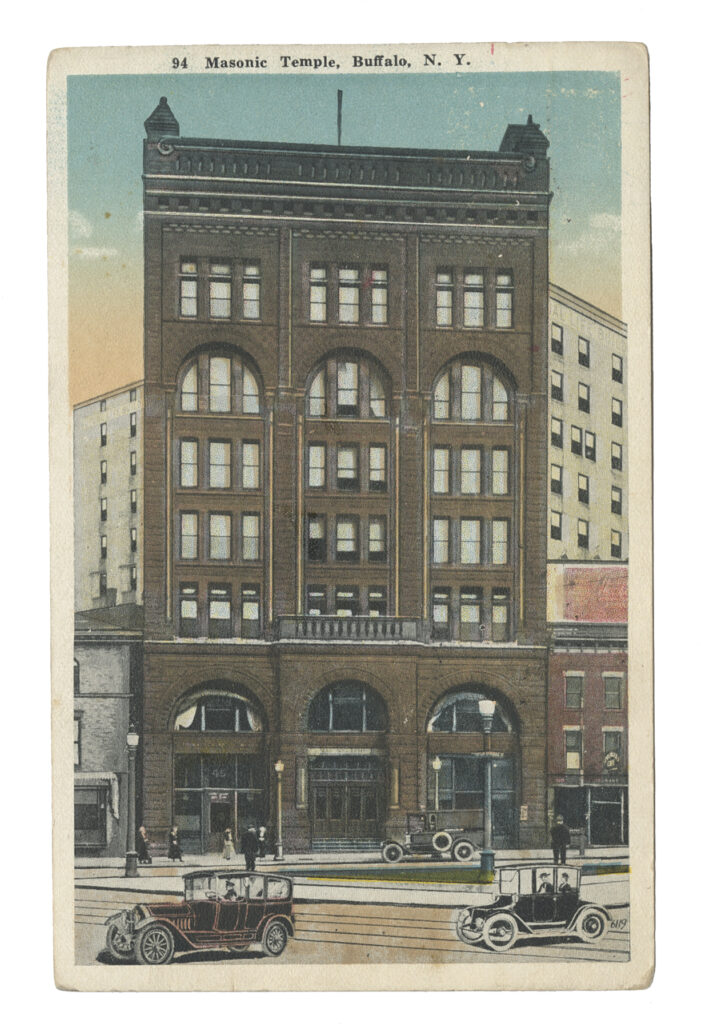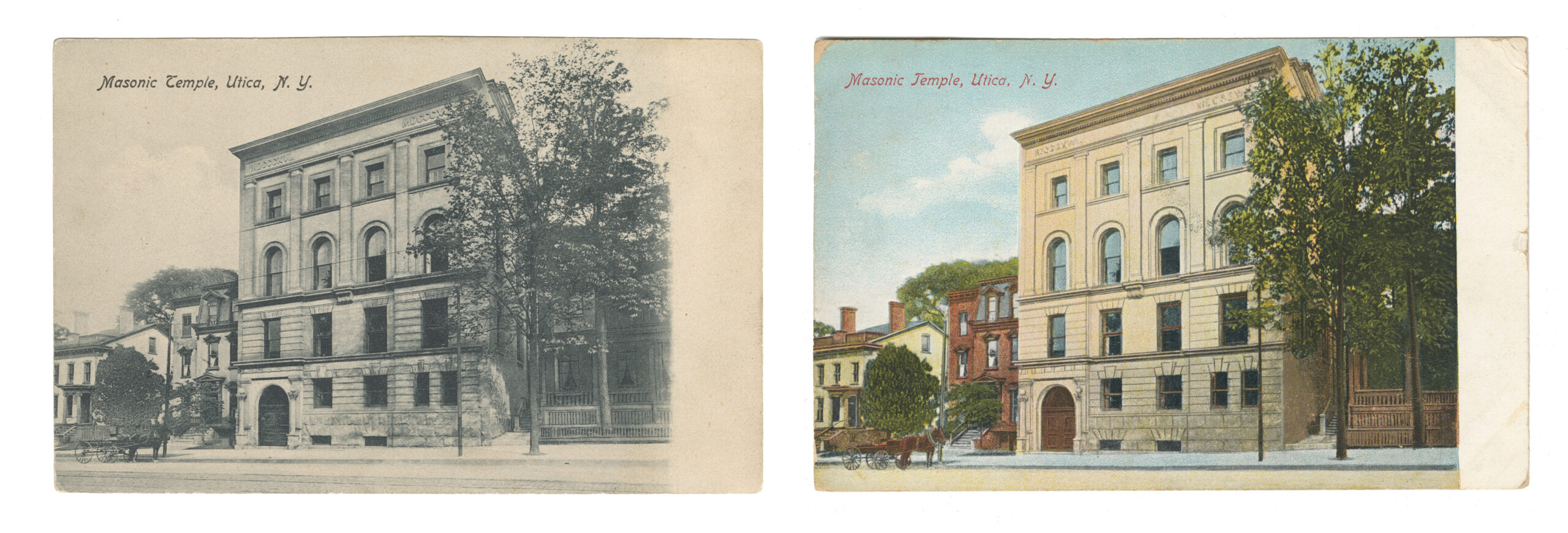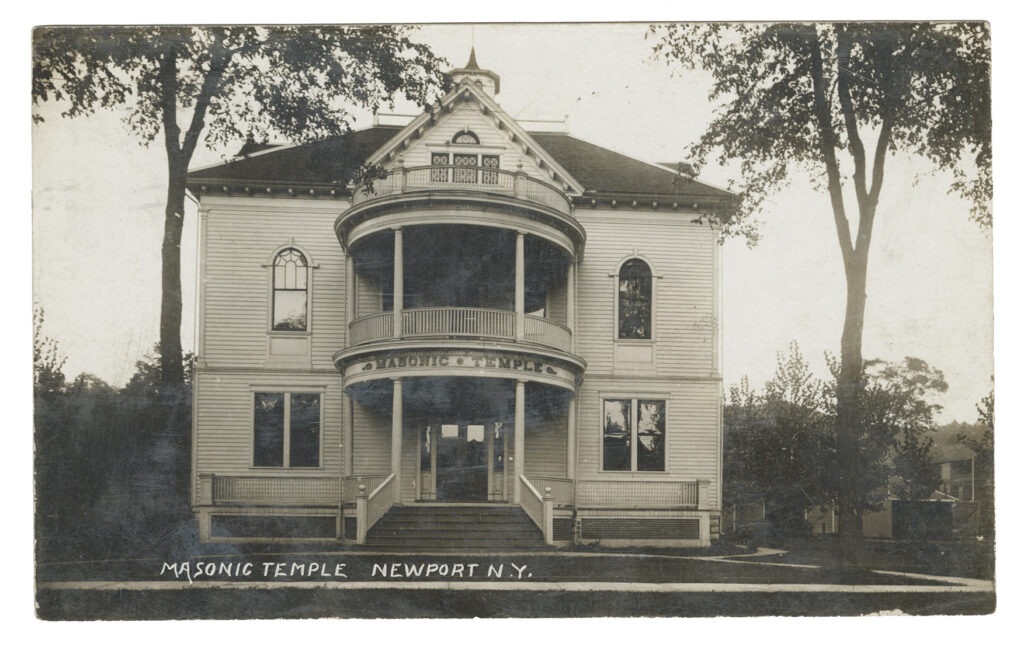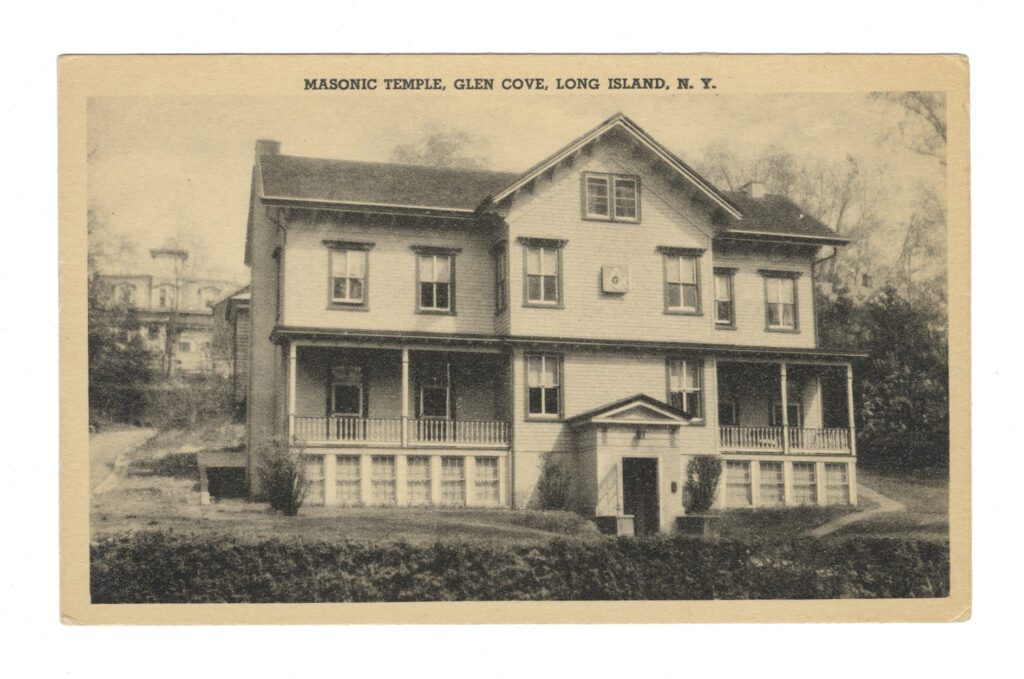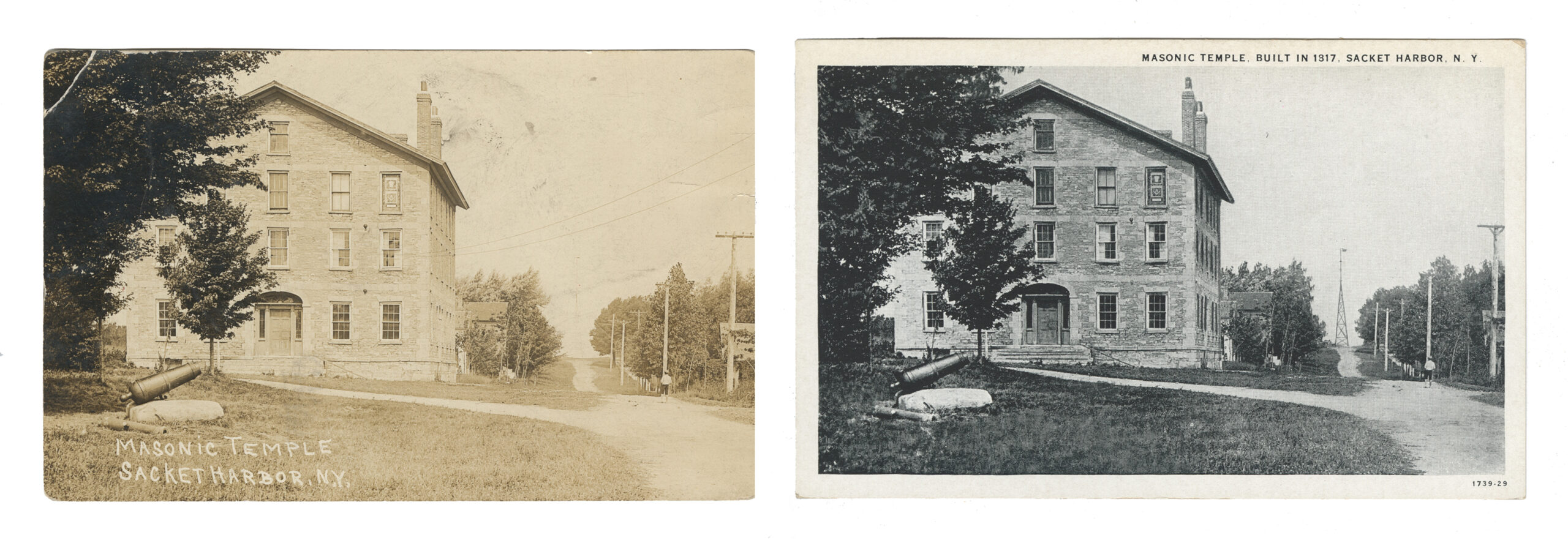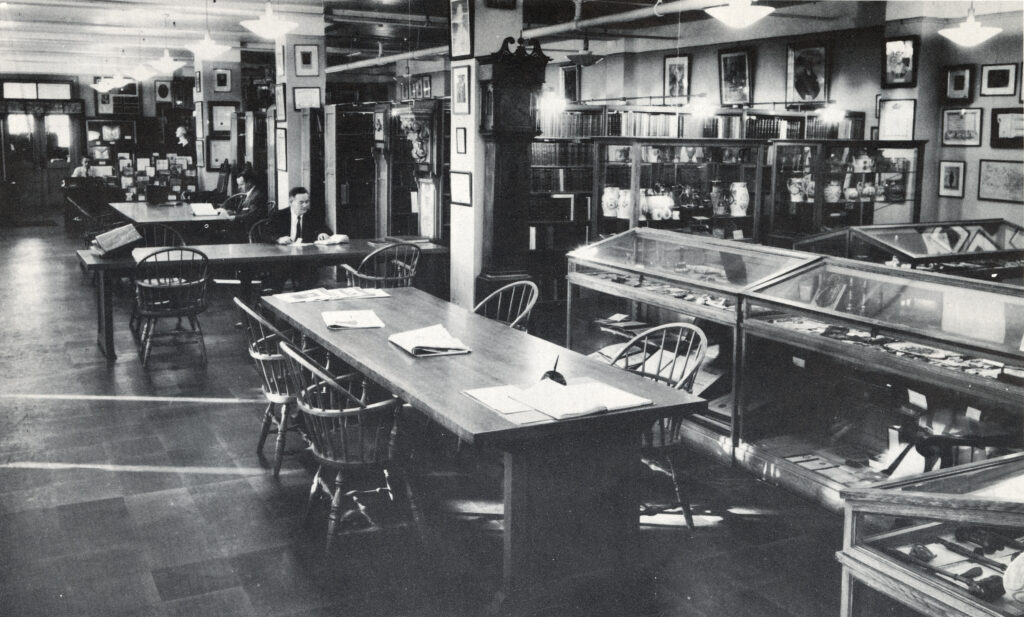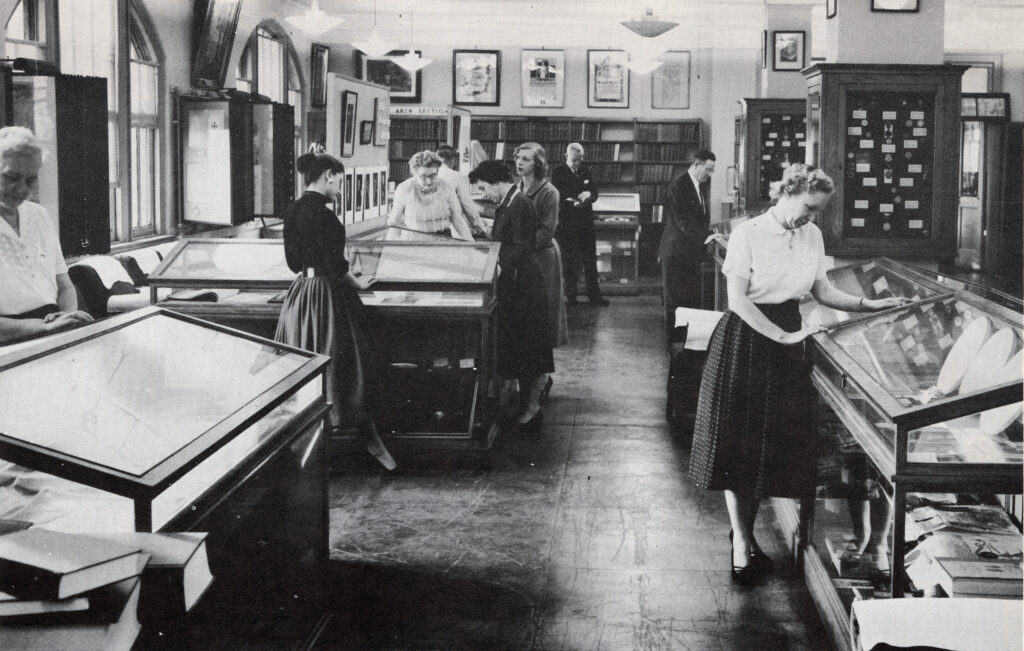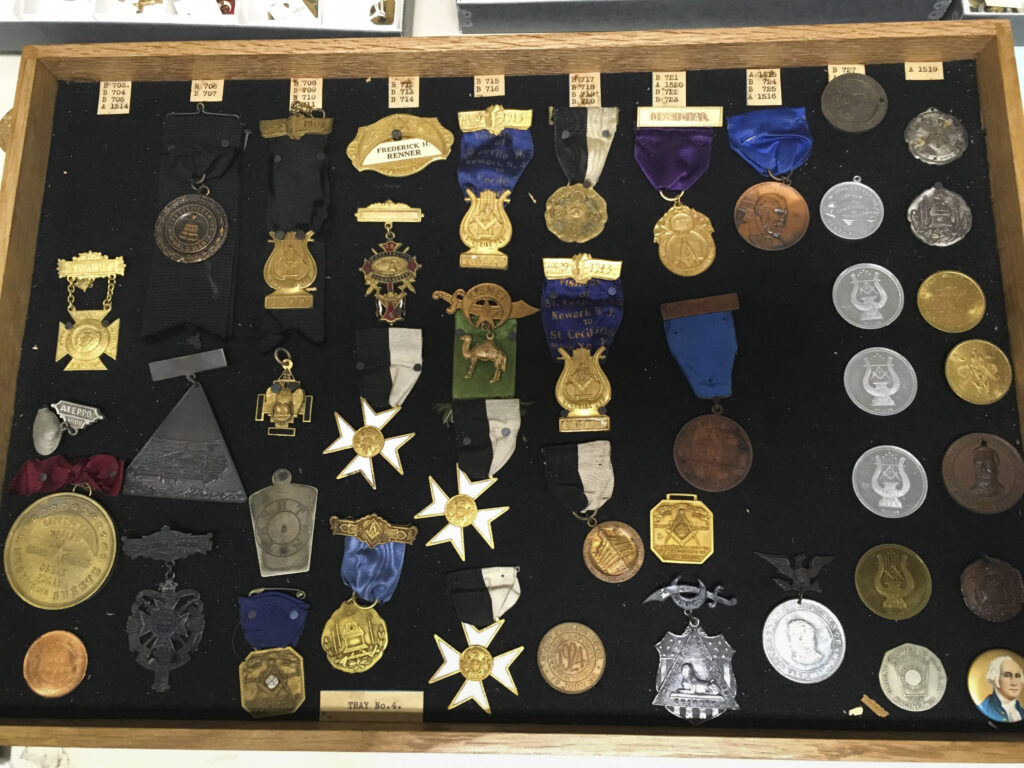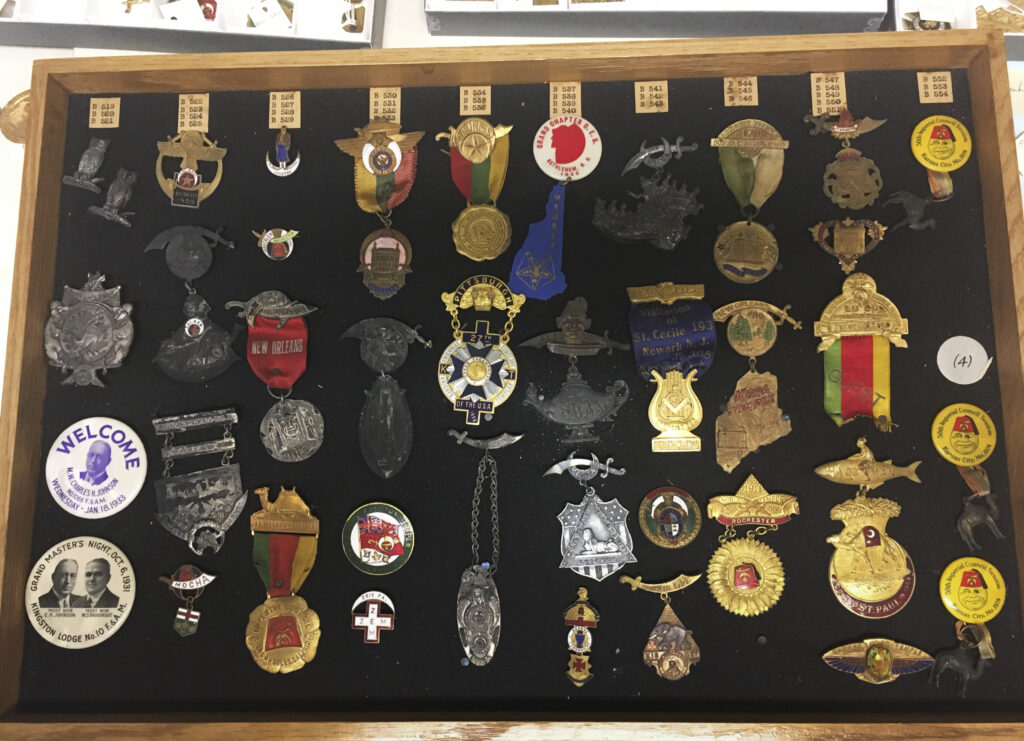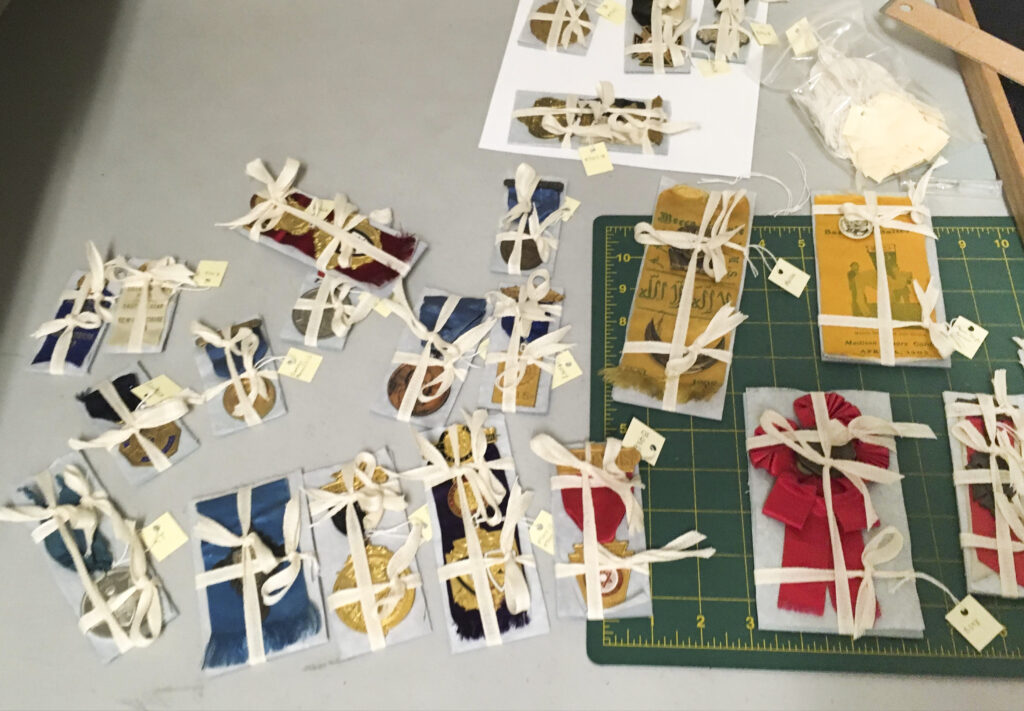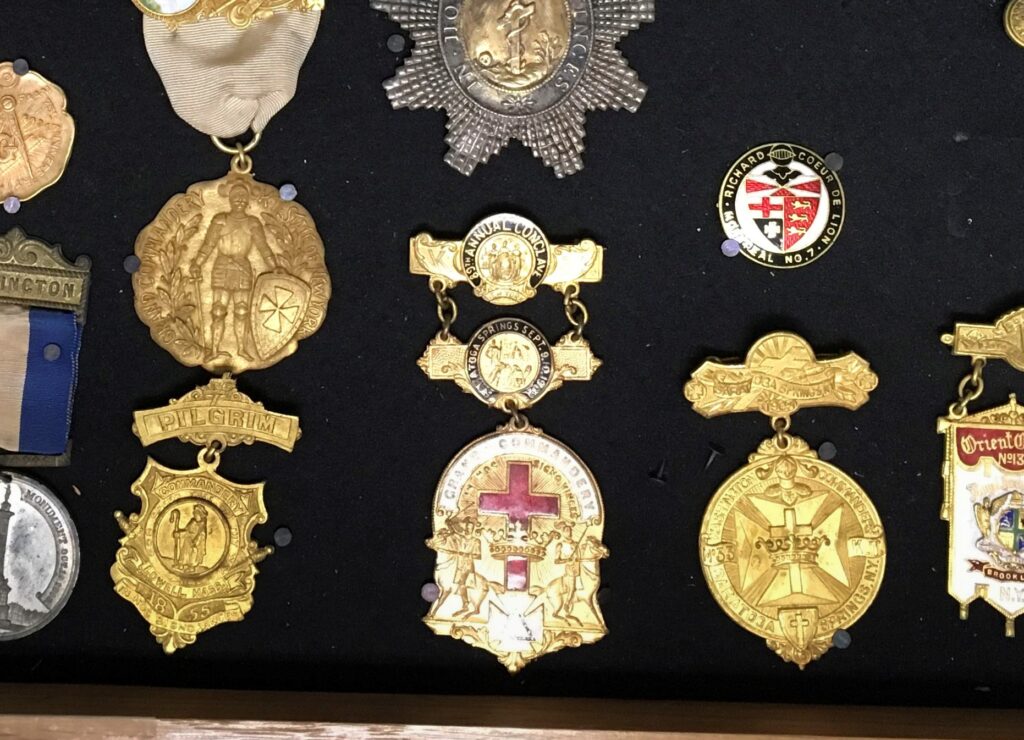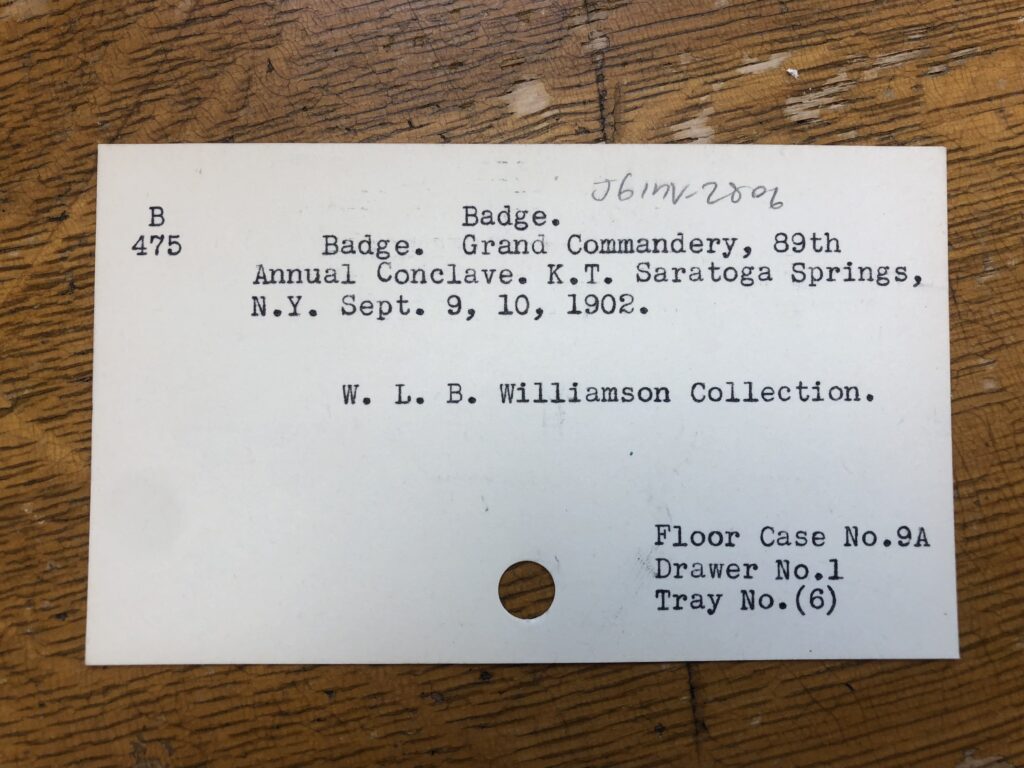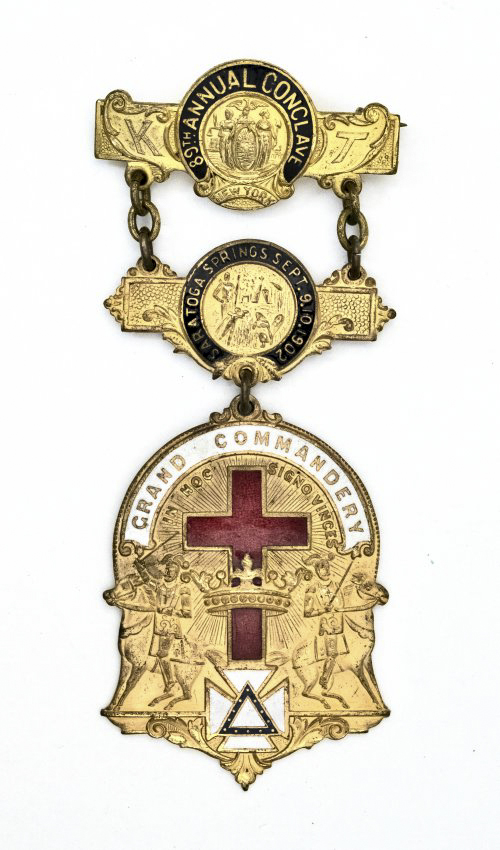While working with the collection, I have come across a square copper plate among the artifacts, which is engraved “laid by the Brothers Lodge no.147”, the date September 6th 1826, and has a list of important names:
Worshipful Brother Salem Town
A. Fay, Master of the Lodge
Stephen van Rensselaer, MW Grand Master (spelled Rensalaer on the plate)
De Witt Clinton, Governor
John Quincy Adams, President of the United States
J. Goodell, Principal Architect
To learn more about the context behind the plate, I searched the library’s archive and found a letter in the Brothers Lodge’s folder written by Salem Town, the person mentioned on the plate, to MW Stephen van Rensselaer, the Grand Master. The letter was written on August 9th 1826, about a month before the date on the plate, mentioning the villagers of Fort Ann erecting their new church in the village and requested the cornerstone to be laid by the members of Brother Lodge. It is safe to assume that the church in Fort Ann mentioned in the letter is the building where this plate came from. Is it possible to find out more about this?
Unfortunately, the Grand Lodge Proceedings didn’t mention anything about this event. On the other hand, the plate was listed in the report of Committee of Antiquities as “Copper-plate from foundation of the Baptist Church at Fort Ann, N.Y., 1826. From Bro D. N. Empey, Fort Ann, N.Y.”1
Now that the donor is identified, I discovered that D. N. Empey was a member and the Junior Warden of Mount Hope Lodge no. 2602 (now Mount Hope-Phoenix Lodge no. 96) which is also located in Fort Ann. The Brothers Lodge no. 147 itself surrendered in 18333, presumably suffered from the anti-Masonic movement during that time. Later in 1852, Mount Hope Lodge no. 260 was chartered in Fort Ann. It is reported that the last Master of Brothers Lodge no. 147, John T. Cox; was also one of the charter members and the first Master of Mount Hope Lodge no. 2604, and the bible used in Mount Hope Lodge no. 260 is also the same bible used in Brothers Lodge no. 147.5
According to the town’s history, the most likely church would be the Union Church built in 1827 to served the Baptist and Methodist Congregation6 (the other source said Baptist and Universalist). 7 In 1836, the church was incorporated as the First Methodist Episcopal Church of Fort Ann, and interestingly, James T. Cox of Brothers Lodge was elected as its trustee.7
Presumably, the copper plate was taken out of the foundation, possibly when it was incorporated, and later was presented to the Grand Lodge of New York at one point by D. N. Empey, a member of Mount Hope Lodge no. 260. It is also possible that James T. Cox’s relationship with the church had a part in the plate’s journey to the collection.
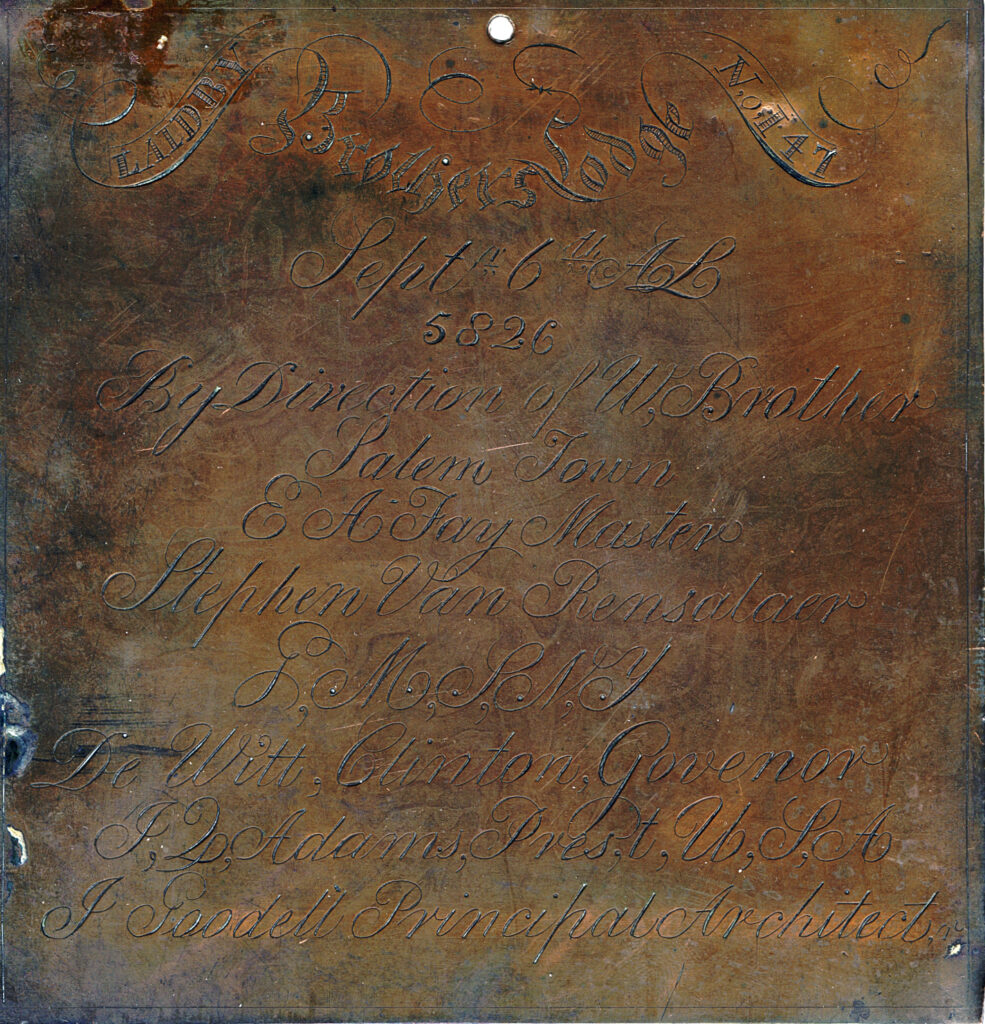
Reference:
- “Report of the Committee on Antiquities.” Transaction of the Grand Lodge of Free and Accepted Mason of the State of New York, 1887.
- “The Jubilee: Celebration in the Lodges Under the Jurisdiction of the Grand Lodge of Free and Accepted Masons of the State of New York, to Commemorate the Freedom of the Craft from Debt.” Mount Hope Lodge no. 260, Fort Ann, 1889, p. 297.
- Abstract of the Proceedings of the Worshipful Grand Lodge of the State of New York and the Grand Stewards Lodge: from September 5 5832 to June 9 5833. 1833.
- “Report of the Grand Historian.” Proceedings of the Grand Lodge of Free and Accepted Masons of the State of New York, 1911, pp. 335–336.
- Heinmiller, Gary L., and William G. Peacher. “Craft Masonry in Washington County, New York.” Onondaga & Oswego Masonic Districts Historical Societies (OMDHS), Mar. 2011.
- “Fort Ann Through History.” Fort Ann Historical Society, 2013. http://fortannhistory.org/wp-content/uploads/2019/04/Fort-Ann-Timeline-Panels-5.pdf
- Johnson, Crisfield. History of Washington Co., New York: with Illustrations and Biographical Sketches of Some of Its Prominent Men and Pioneers. Everts & Ensign, 1878, Google Books, books.google.com/books?id=rt9EAQAAMAAJ&printsec=frontcover&source=gbs_ge_summary_r&cad=0#v=onepage&q&f=false.

